Ecuador – Part 8: Cuenca
Chapter 10: The Catholic Church
“A Catholic is a Christian who follows the Catholic religion as transmitted through the succession of Popes.” – Diffen Catholicism is the largest denomination of Christianity and about sixty-percent of the whole. Unlike other denominations, the pope is patriarch of the Catholic Church. It seems to me (a non-Catholic) that the Catholic Church is organized like a big corporation with the pope acting as CEO? If you followed my webbook on Italy you will recall my photos of the Vatican and Saint Peter’s Bacilica. Saint Peter, one of Christ’s twelve disciples, was chosen by Jesus Christ to be the first pope.
Bishops are the second level of authority within the church. Priests and deacons serve as assistants to the bishops. “As of 30 December 2014, the Catholic Church consisted of 2,998 dioceses or equivalent jurisdictions, each overseen by a bishop. Dioceses are divided into individual communities called parishes, each staffed by one or more priests, deacons, or lay ecclesial ministers. Ordinarily, care of a parish is entrusted to a priest, though there are exceptions…
…The bishops, who possess the fullness of orders, and therefore the fullness of both priesthood and diaconate, are as a body (the College of Bishops) considered the successors of the Apostles and are ‘constituted Pastors in the Church, to be the teachers of doctrine, the priests of sacred worship and the ministers of governance’ and ‘represent the Church.’ In the year 2012, there were 5,133 Catholic bishops; at the end of 2014, there were 5,237 Catholic bishops. The Pope himself is a bishop (the bishop of Rome) and traditionally uses the title ‘Venerable Brother’ when writing formally to another bishop.” – Wikipedia
“The Roman Catholic Church is one of the world's largest religious denominations, with 1.2 billion believers worldwide. This number makes it only slightly smaller than Islam (1.4 billion) and larger than any [other] religious group on the planet.” – Study.com
The boundaries of the twenty-four provinces of Ecuador (see map below) are roughly the same as the ecclesiastical jurisdictions of the Catholic Church.

The archbishop of metropolitan Quito is the “primal see” (top person) in Ecuador. The Diocese of Quito was established by Pope Paul III on January 8, 1545. The current archbishop is Alfredo José Espinoza Mateus, who was appointed in April 2019.
There are four ecclesiastical provinces, each headed by a metropolitan archbishop. Each oversees the archdiocese and eleven “suffragan diocese” which are headed by bishops that are subordinate to the metropolitan archbishop. In addition to the geographical provinces there are eight “pre-diocesan” apostolic vicariates. These vicariates include geographical areas not yet part of a diocese. Finally, a military ordinariate covers all of Ecuador. Its purpose is to provide pastoral care to Catholics serving in the armed forces.
Headquarters of the Ecclesiastical Province of Cuenca is the Metropolitan Archdiocese of Cuenca, which also oversees the dioceses of Azogues, Loja and Machala. Ninety-five-percent of Cuencanos are Catholic. Although I know of small groups that are loyal to other religions, visually there is nothing other than the Catholic institution. The archbishop of Cuenca is currently Marco Pérez Caicedo who took office in 2019. He is located at the Catedral de la Inmaculada Concepción (Cathedral of the Immaculate Conception), more commonly referred to as the “New Cathedral.”
“The plan of the Cathedral was drawn up by Juan Bautista Stiehle (1829-1899) — a German-born friar who arrived in Cuenca from Alsace in 1873 — on suggestions made by Bishop León Garrido. The Cathedral took over the function of the nearby Old Cathedral that had become too small. Construction works started in 1885 and lasted for almost a century. This building combines many architecture styles, but Romanesque Revival is predominant. The cathedral is surmounted by three giant domes covered by striking blue and white glazed tile from Czechoslovakia. Its stained glass windows were created by Spanish artist Guillermo Larrazábal.
Its towers are truncated due to a calculation error of the architect. If they had been raised to their planned height, the foundation of this Church to the Immaculate Conception, would not have been able to bear the weight. In spite of the architect's immense mistake, the skyline of its domes has become a symbol for the city. Its facade is made of alabaster and local marble, while the floor is covered with pink marble, brought from Carrara (Italy). When the Cathedral was first constructed 9,000 out of Cuenca's 10,000 inhabitants could fit in the building.” – Wikipedia
The weight bearing problem was discovered when the statue of the Madonna and a child was lowered into place and cracks developed. Officials knew then that the towers could not be built as planned. Plans for the cathedral were in development by 1829; however, the cathedral did not open until 1975. Here are some photos that you have not yet seen in other chapters. Most of the images were taken before the domes were renovated. There are a few newer photos as well. I start with a wooden model of what the towers were supposed to look like.
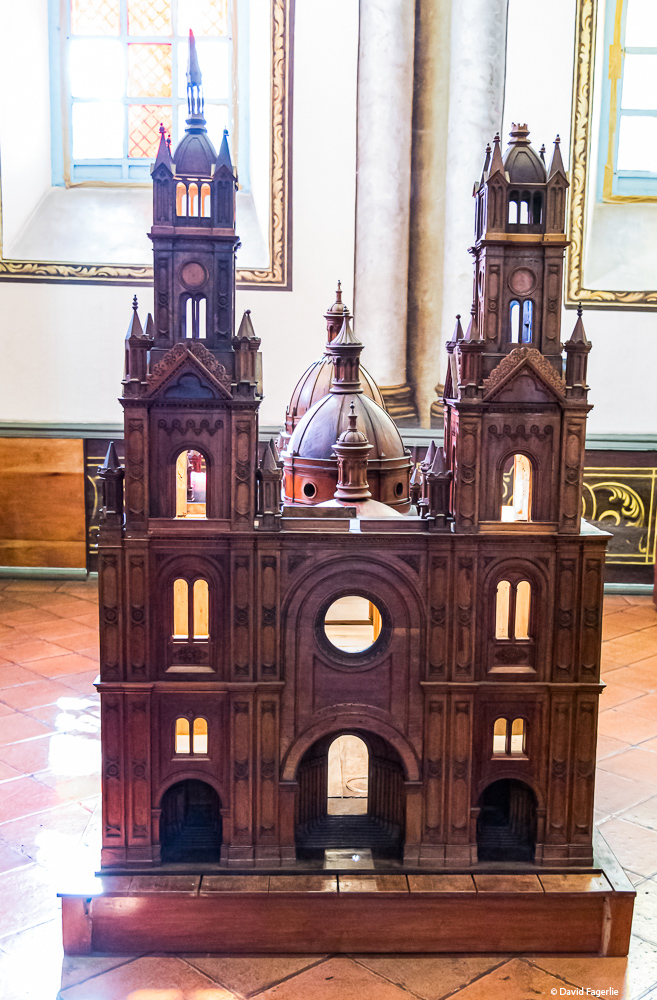
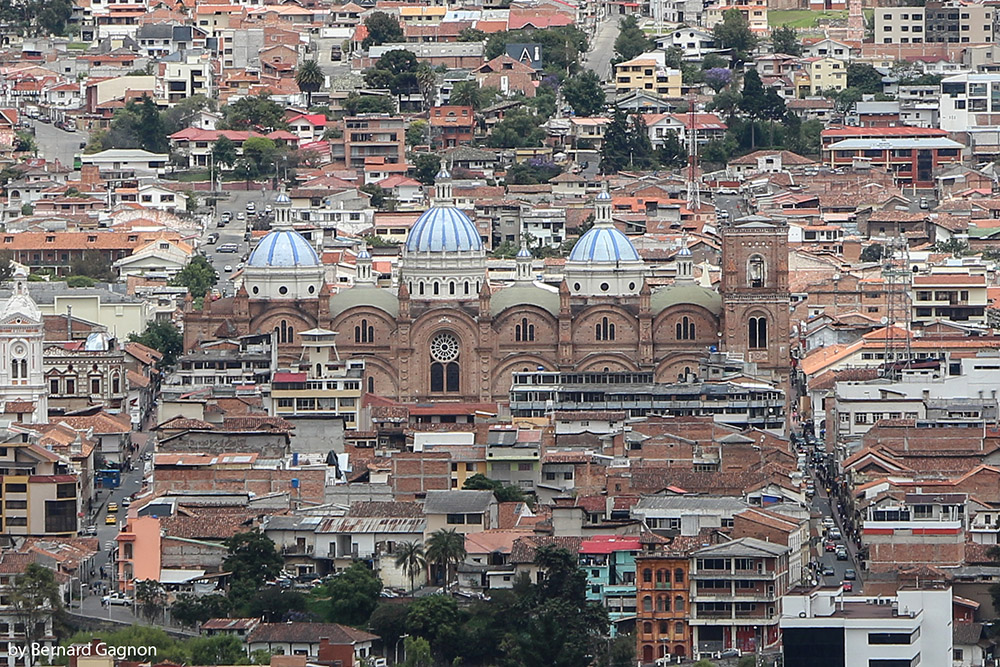
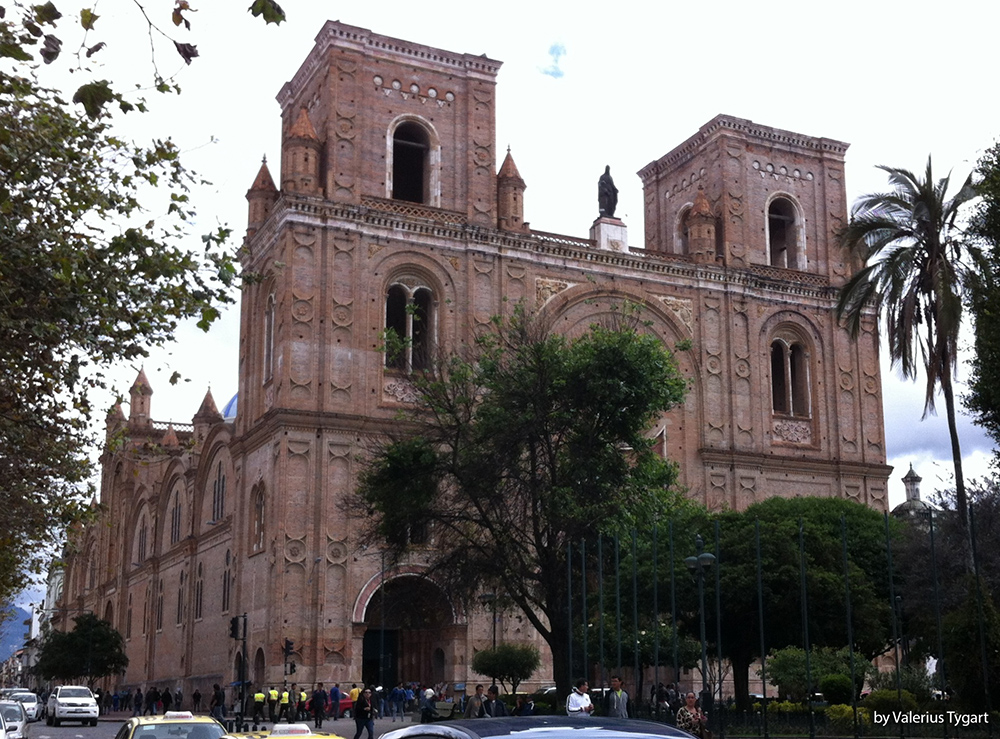
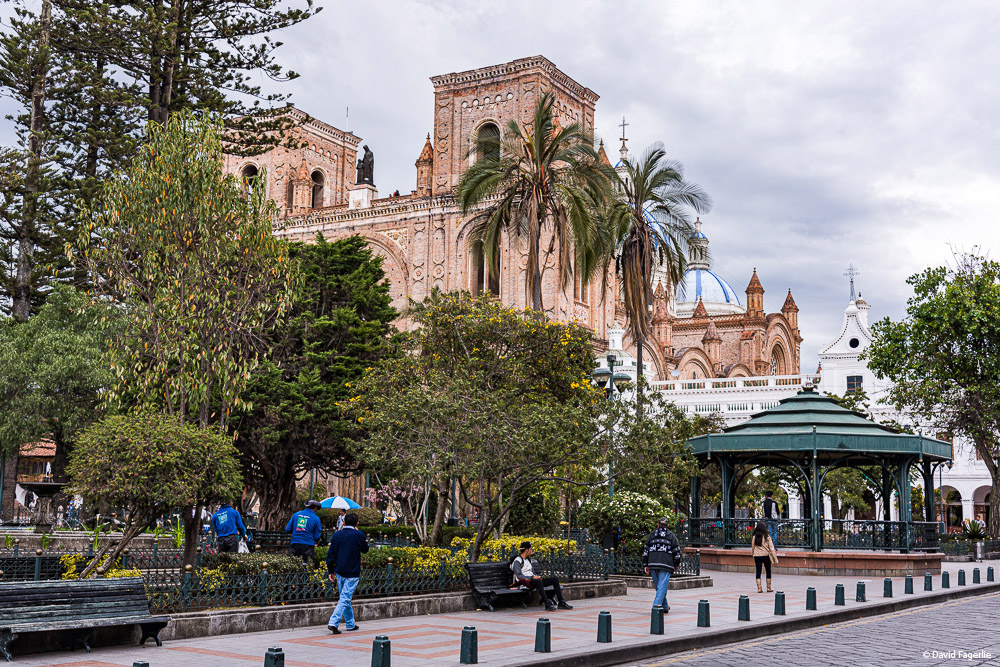
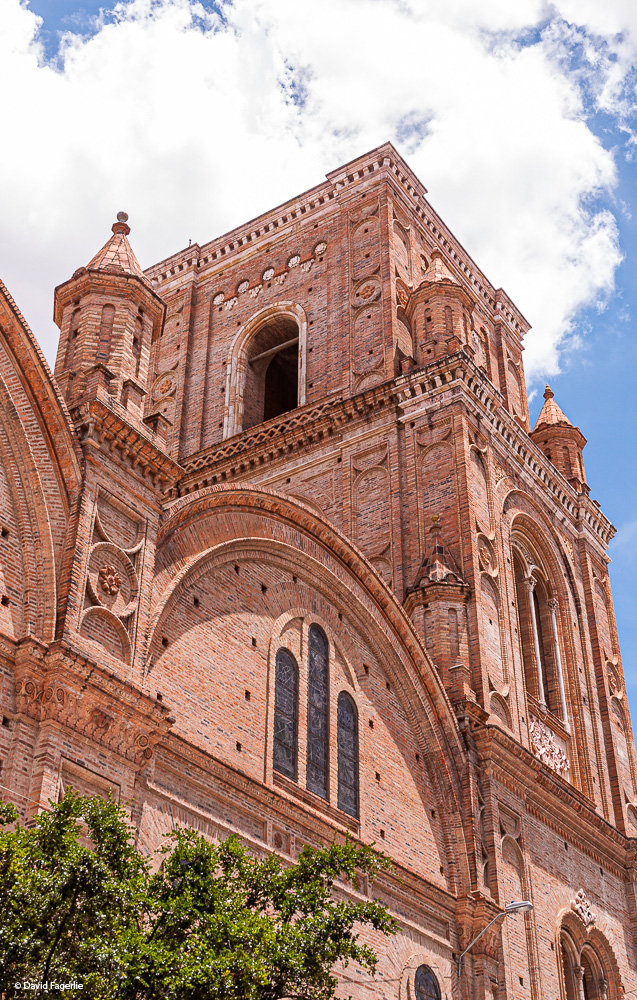
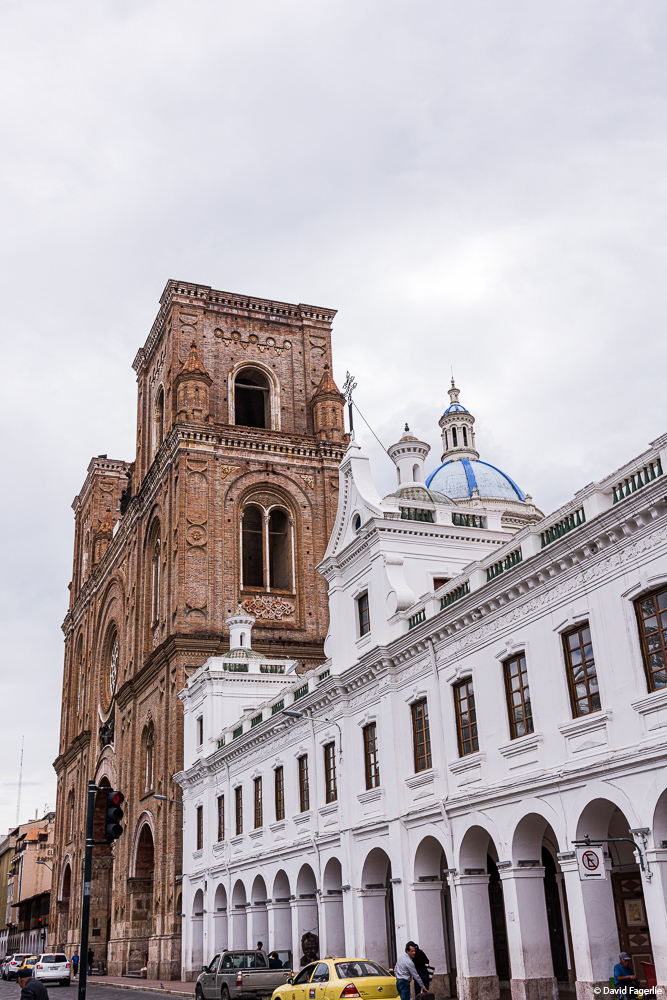
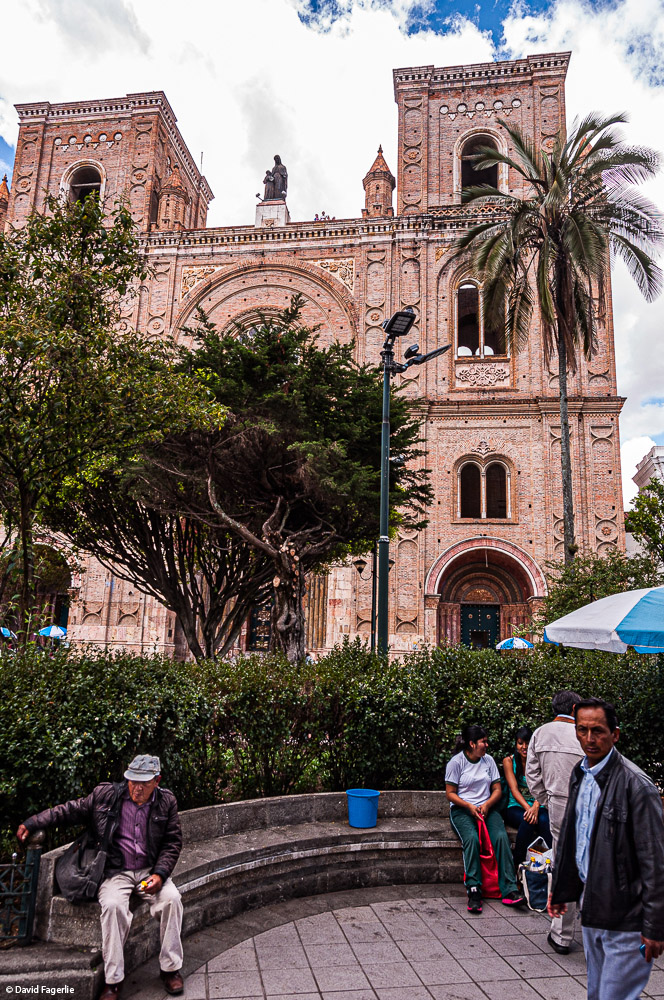
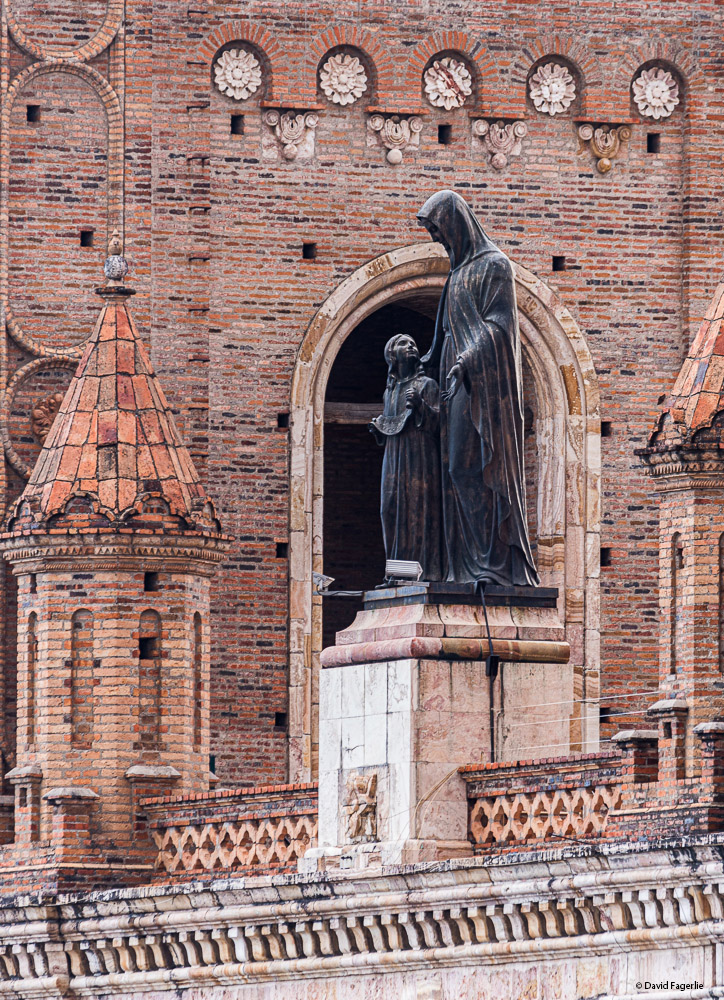
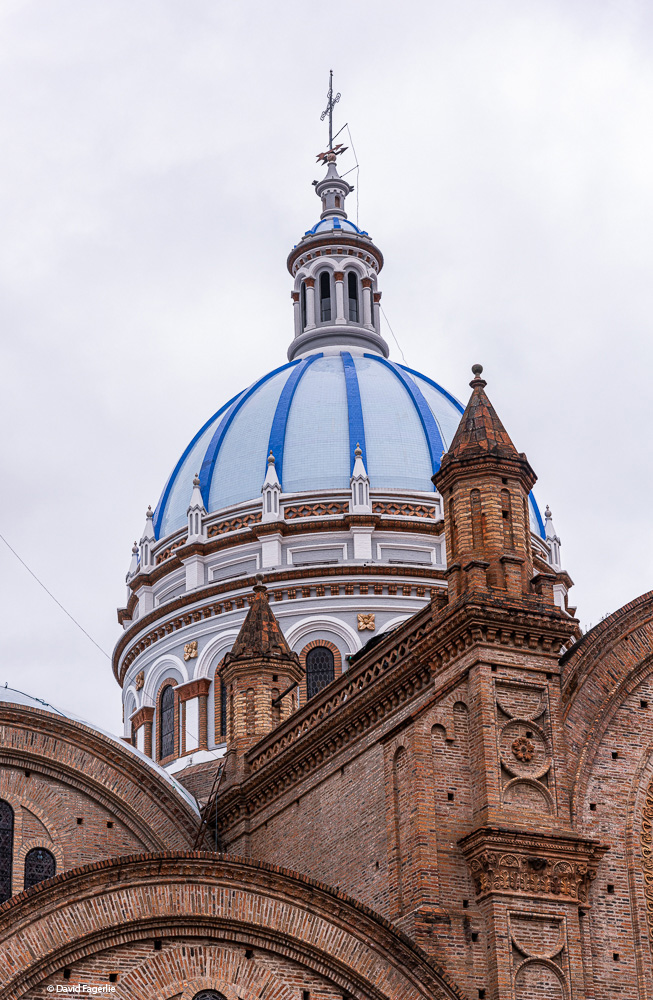
As I recall, the stairway up to the roof has about 150 steps. Bring a flashlight.
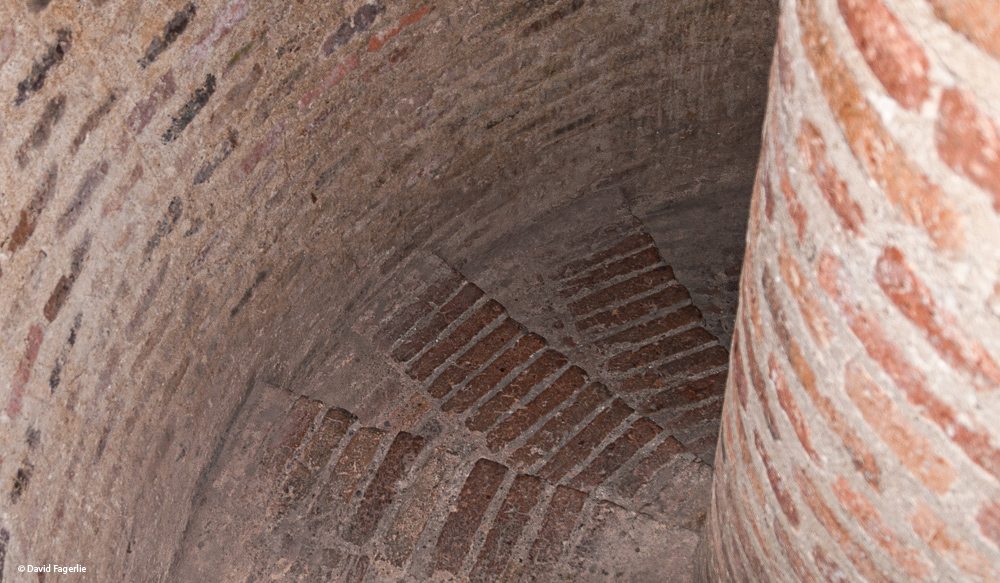
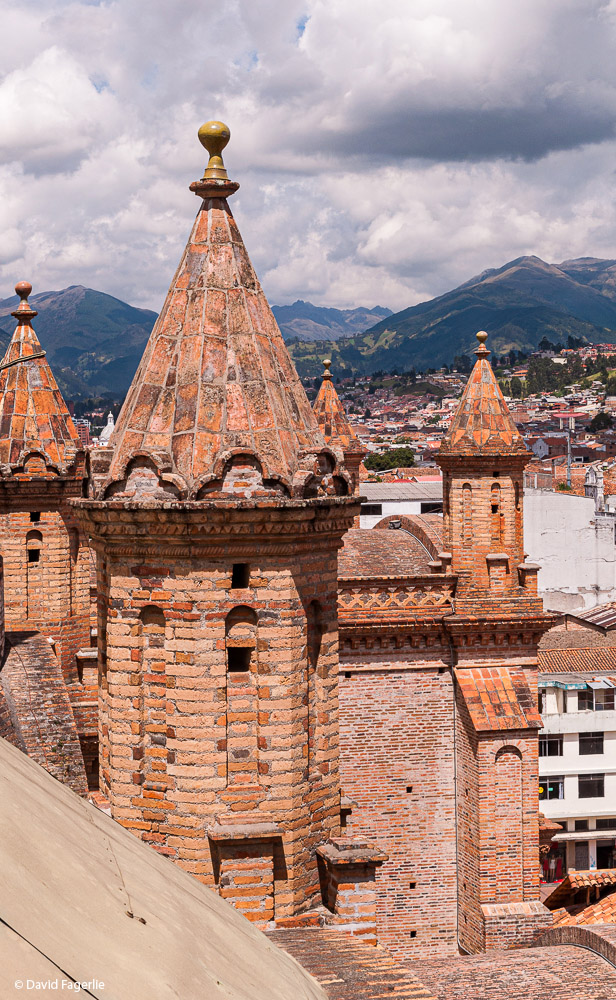
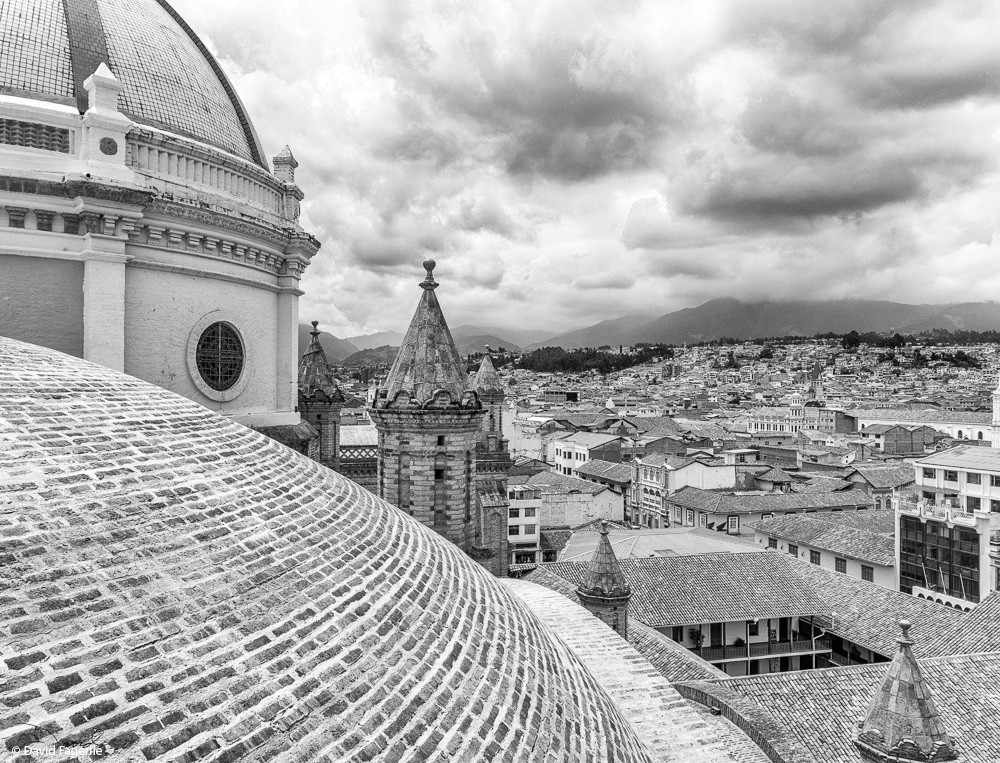
The inside of the cathedral is glorious. However, it was so dark that my ability to take pictures was limited. Images are a bit grainy due the high ISO setting I had to use. Still, I think the pictures are worth looking at. The first indoor image, of the high alter, was taken by Cayambe, who must have been granted permission to use a tripod. You will recognize the design of the high alter which seems a replica of the one at Saint Peter's Basilica.

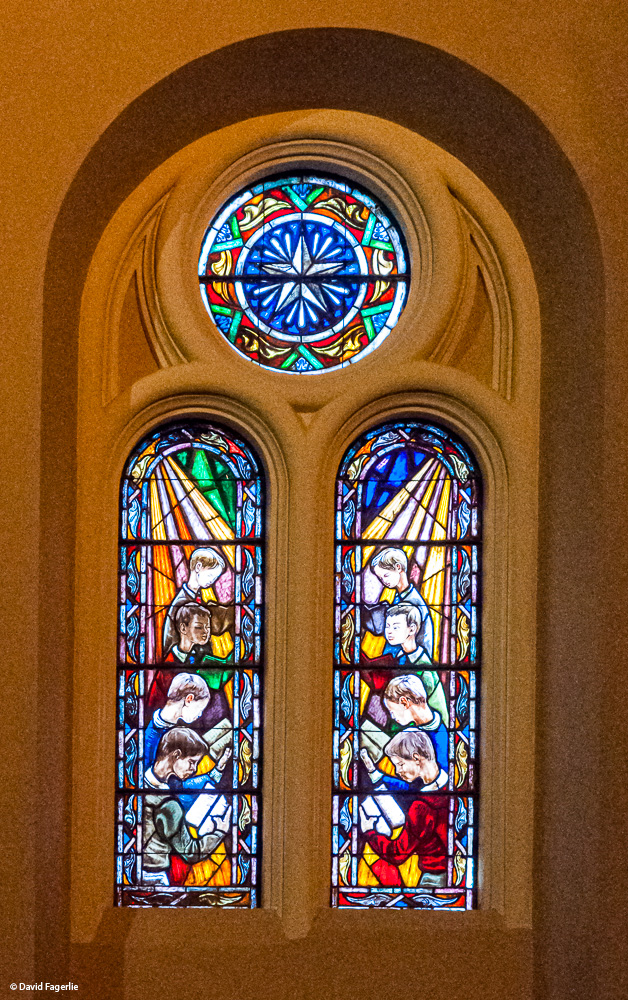
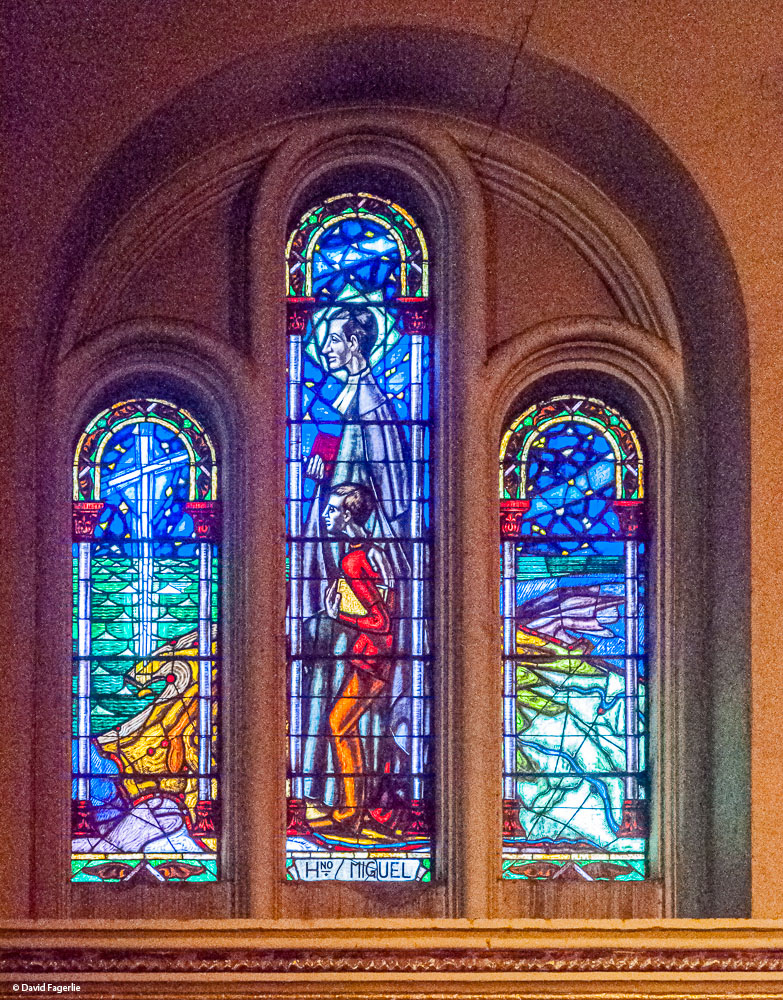
“In the Crypt are buried some of the illustrious figures of the city of Cuenca as: Remigio Crespo Toral, Gral. Antonio Vega, Fray Vicente Solano; as well as the bishops of the city: Miguel León, Manuel María Política, Daniel Hermida, Monsignor Manuel Serrano Abad; and the builder of the cathedral: Luis Antonio Chicaiza. The Crypt has 11 small mausoleums, 192 vaults and 210 urns for remains.” – Wikipedia
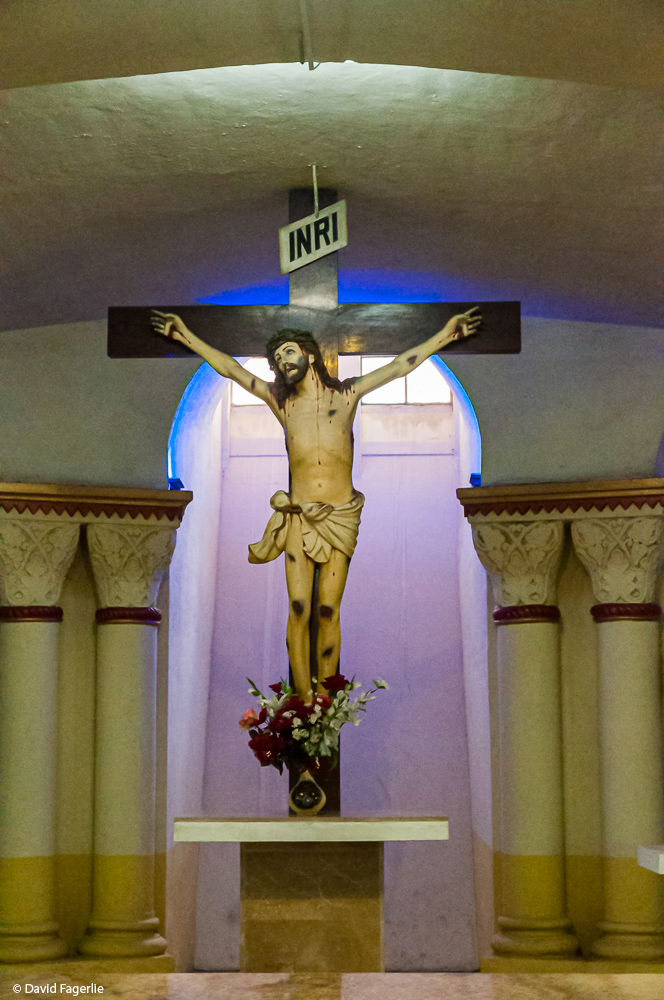
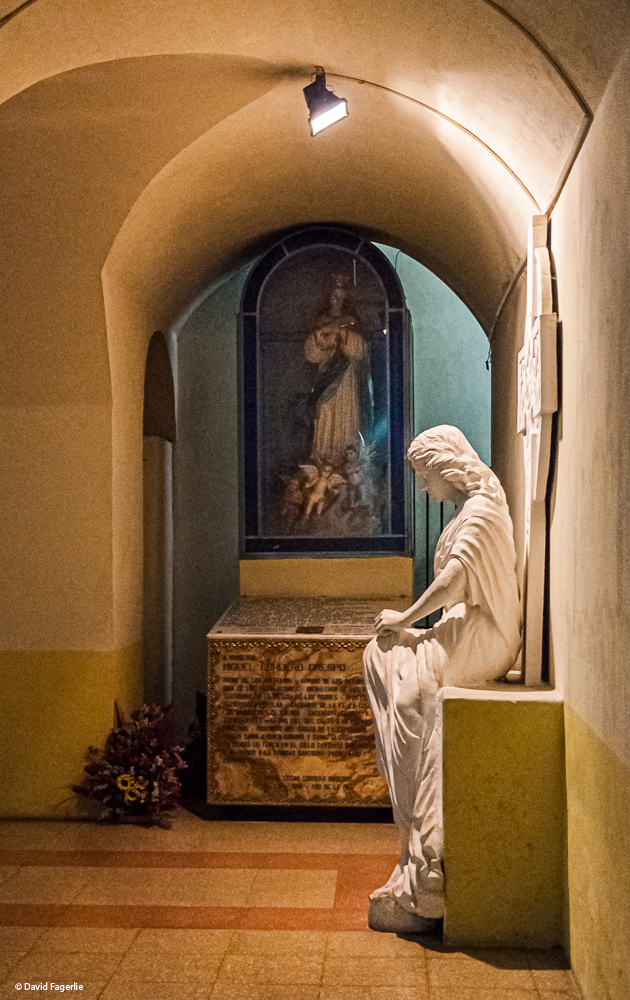
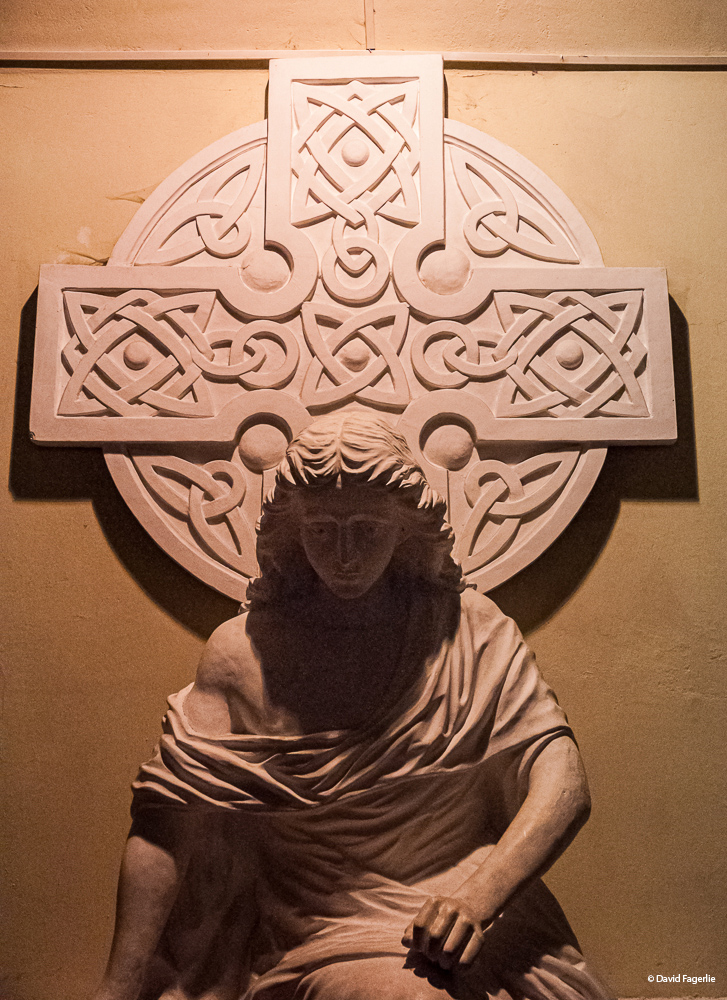
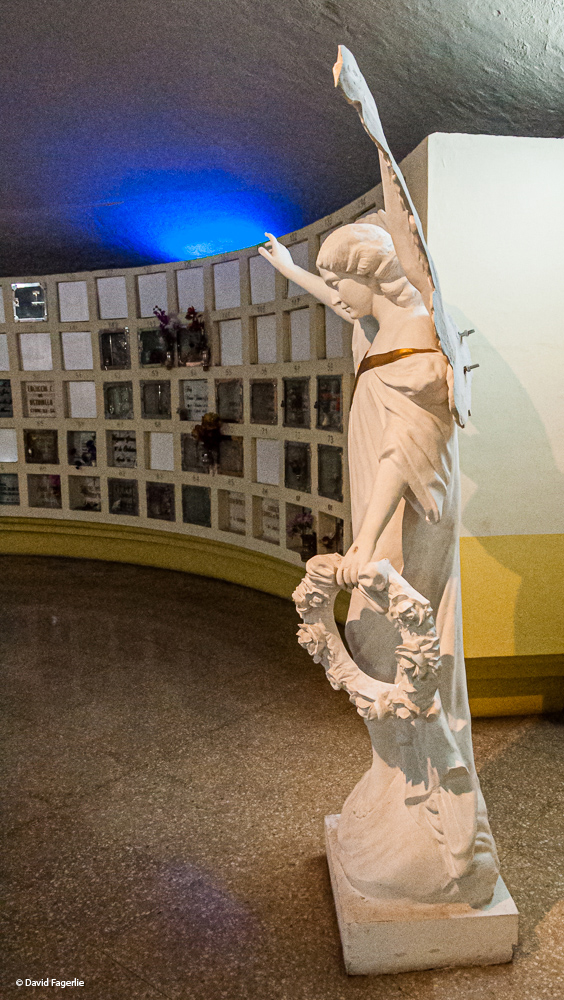
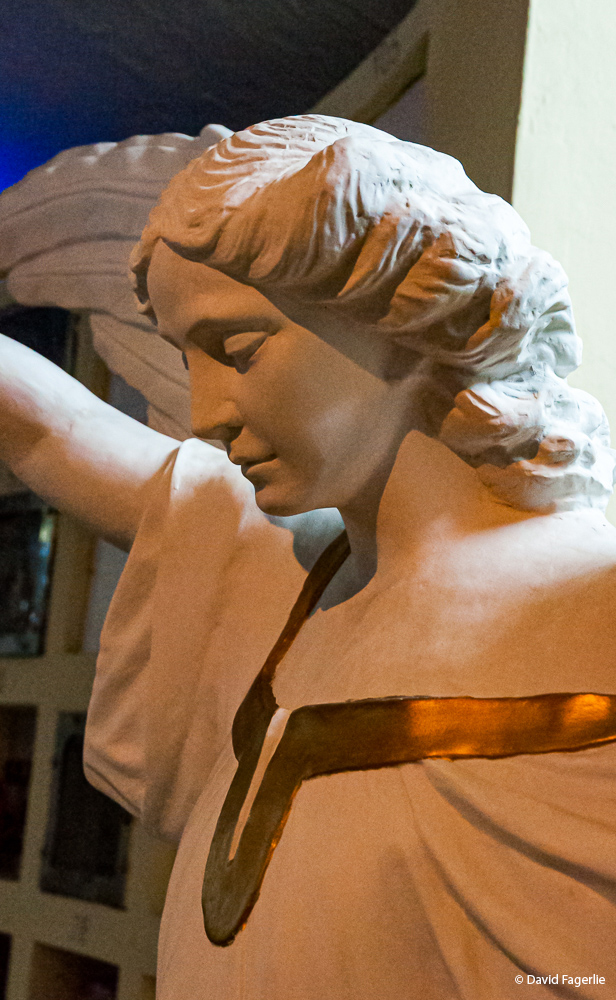
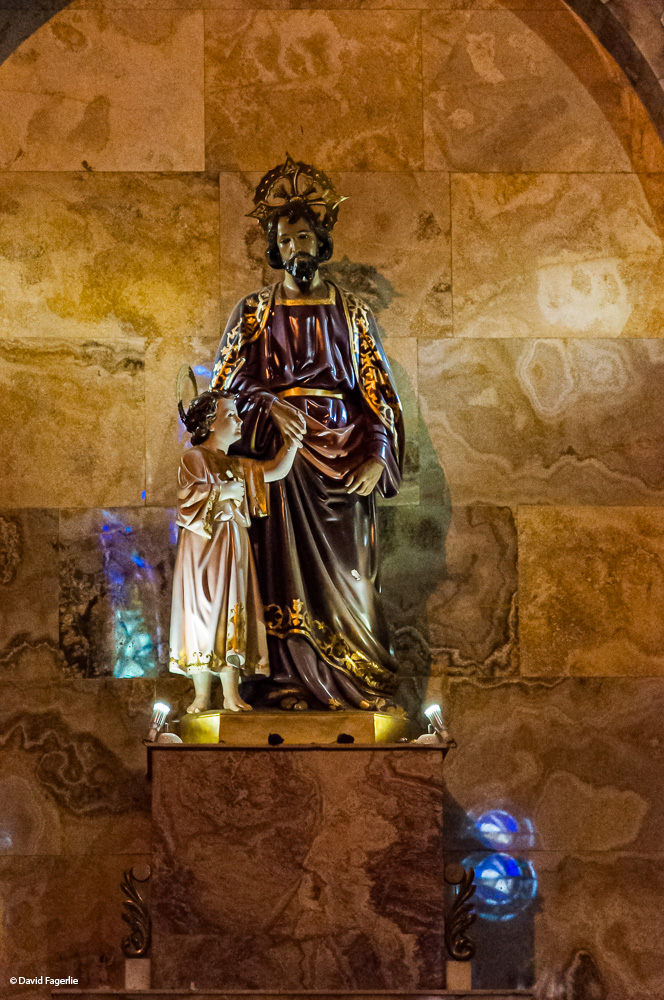
Parting shots of the New Cathedral after renovation.
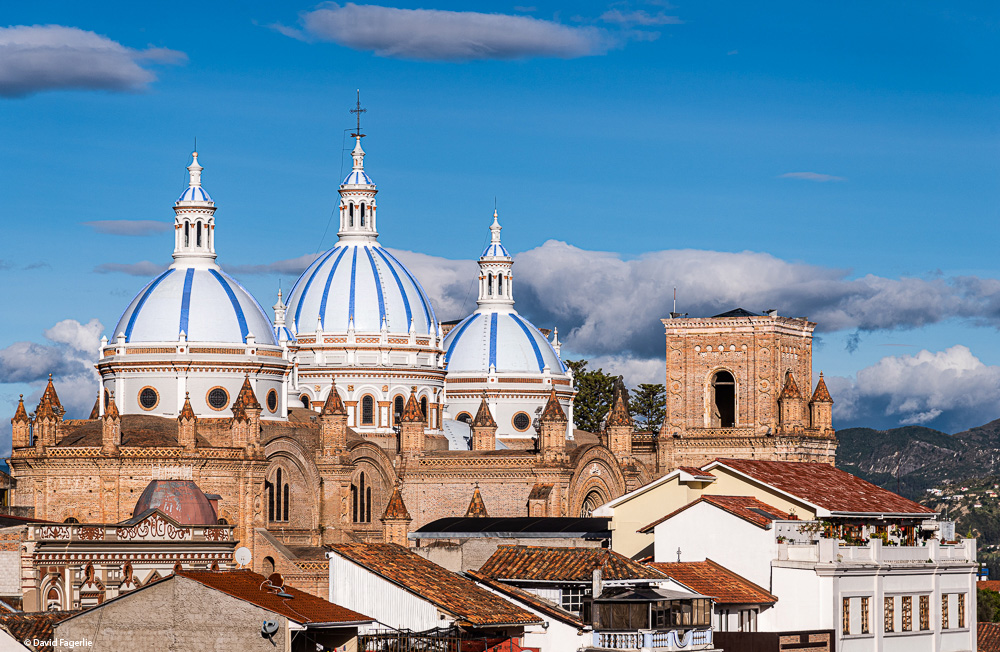
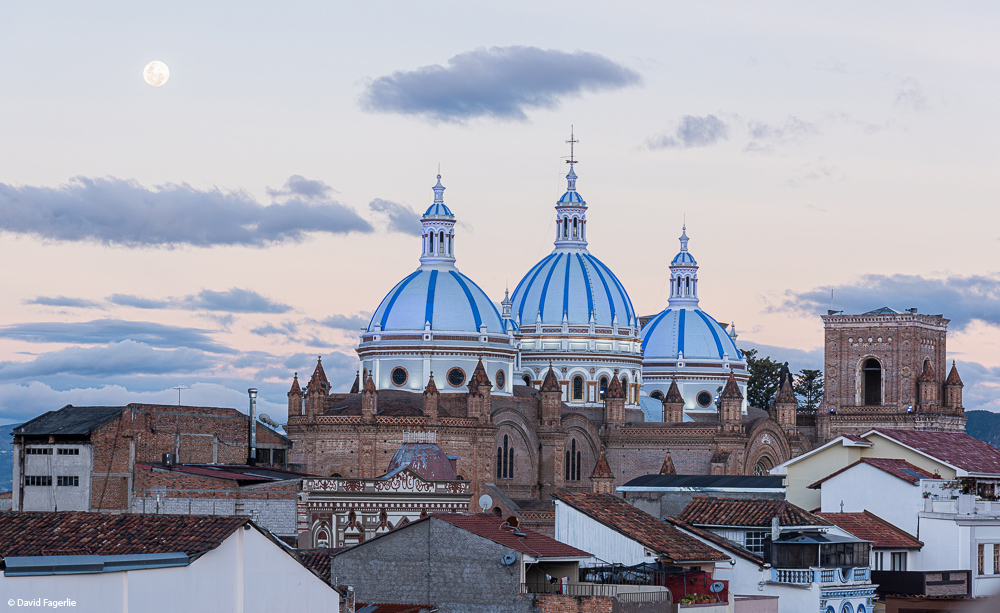
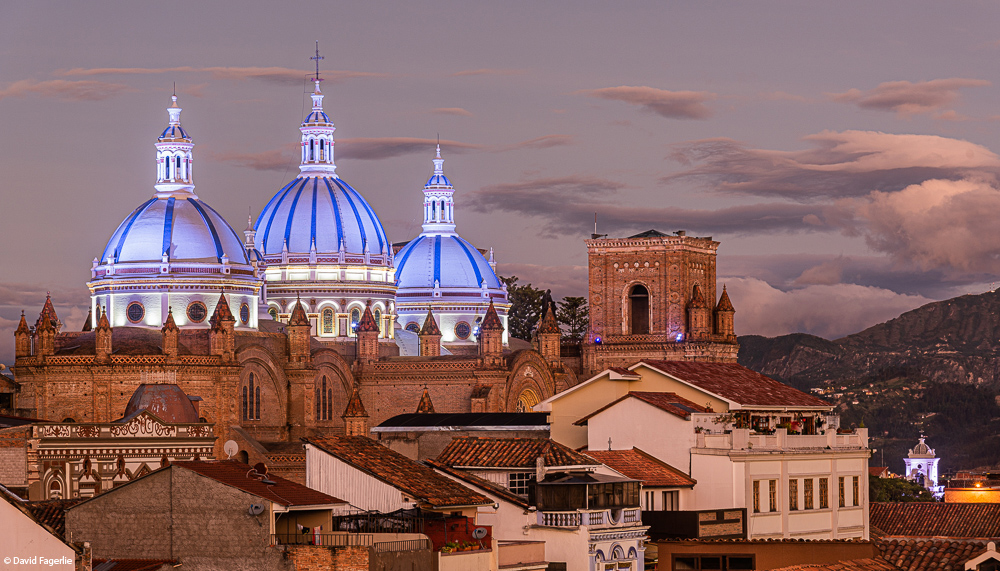
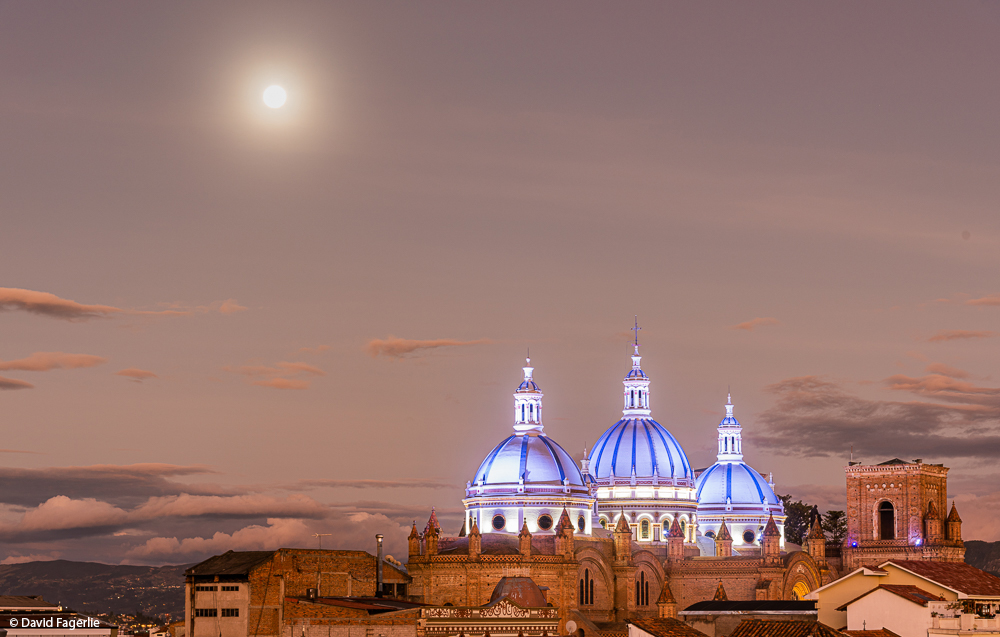
Iglesia del Sagrario (Church of the Shrine), more commonly referred to as the Old Cathedral, was the main place of worship for the Spanish. The Old Cathedral was built as a basilica in the Baroque style.
Planning for the church began in 1557; construction commenced ten years later. Stones of the foundation came from the foundation of the ruins of the Inca city of Tumebamba a short distnce east. It was the main place of worship for the “Parish of the Spaniards” and only Spanish people were allowed inside. The organ was added in 1739 and the clock was set in the tower in 1751. In 1787 the church became a cathedral when the archdiocese of Cuenca was established. A new tower was built in 1868 with the inscription “Torre más célebre que las pirámides de Egipto” (Tower more famous than the Egyptian pyramids)
Following consecration of the New Cathedral the Old Cathedral was no longer used for regular services.
Today, the Old Cathedral is a museum of religious art. Many concerts take place there.
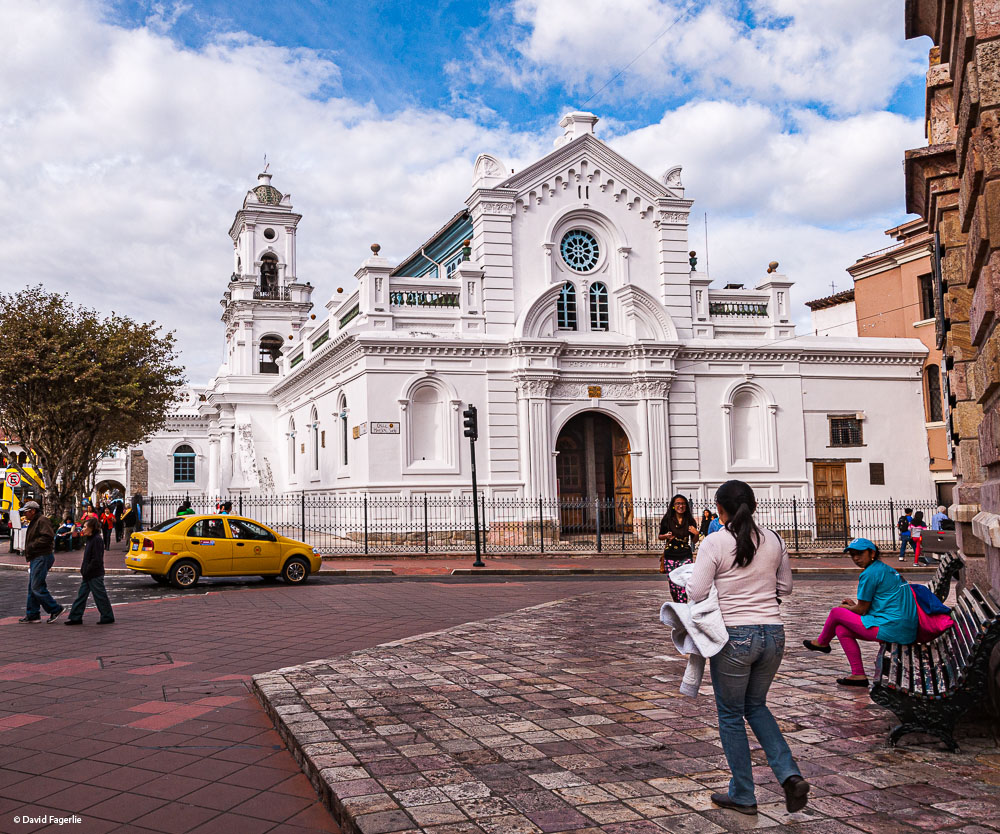
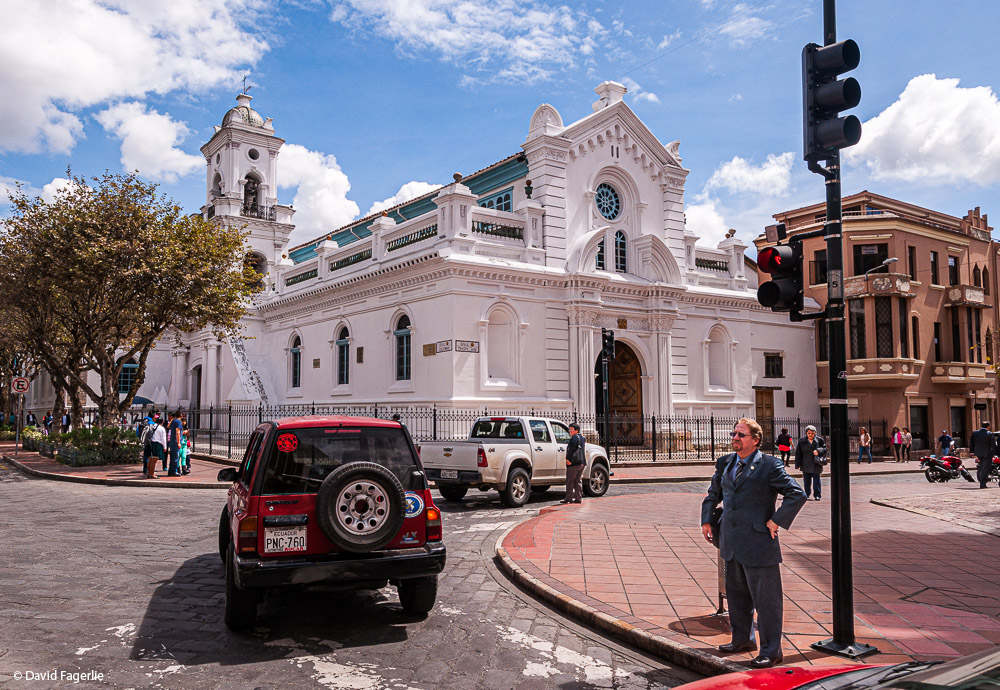
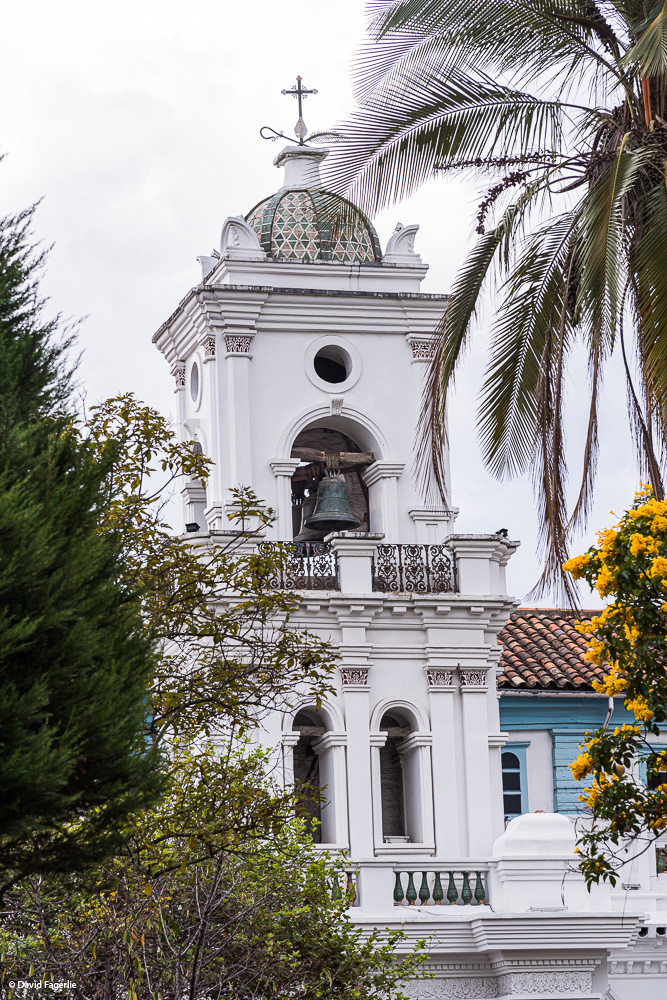
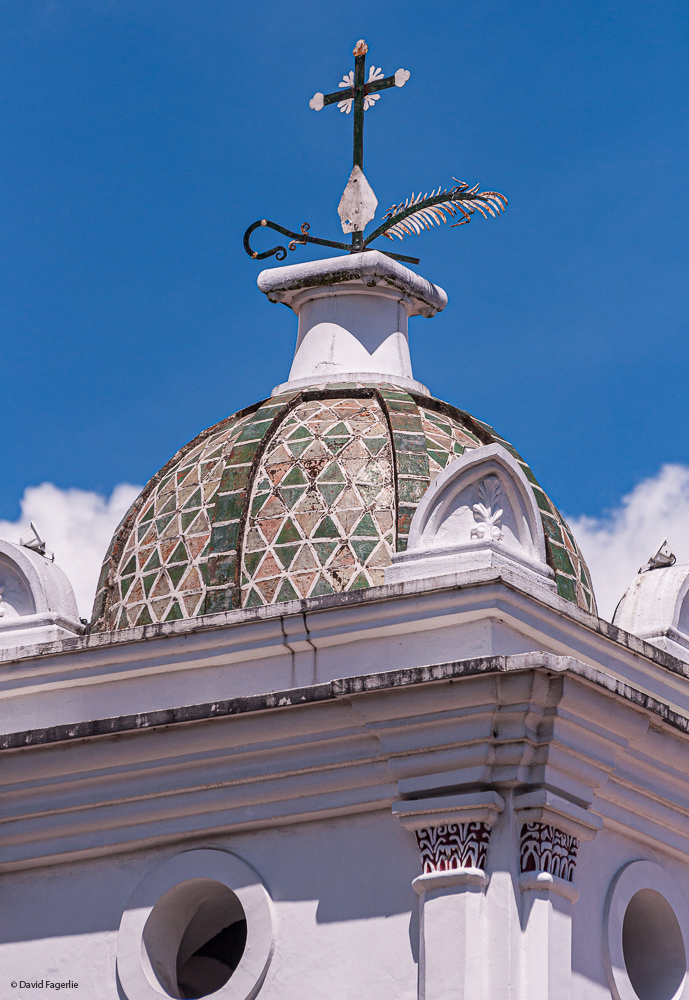
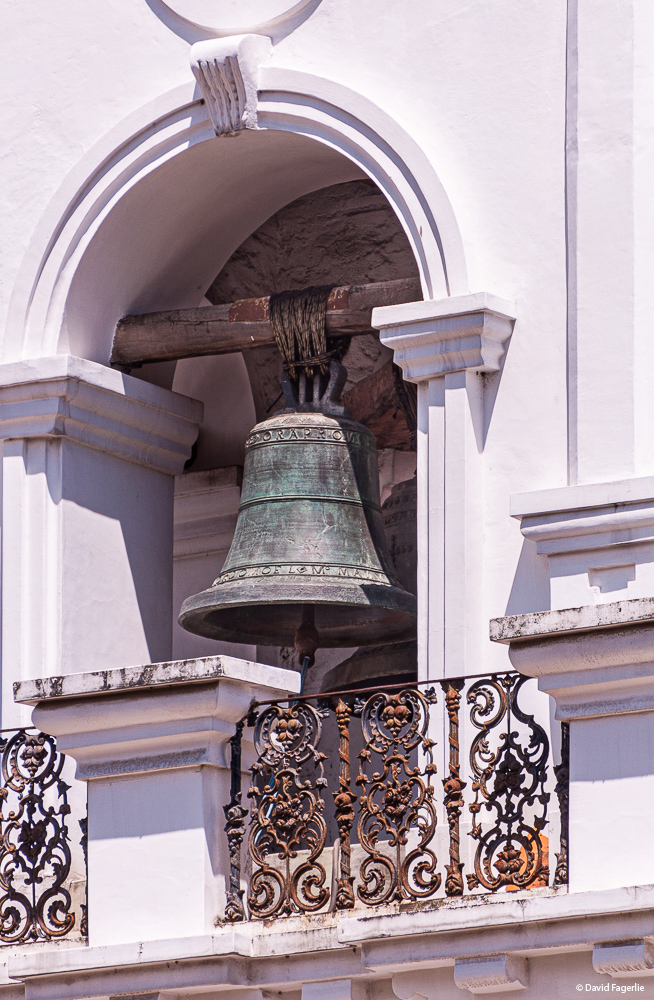
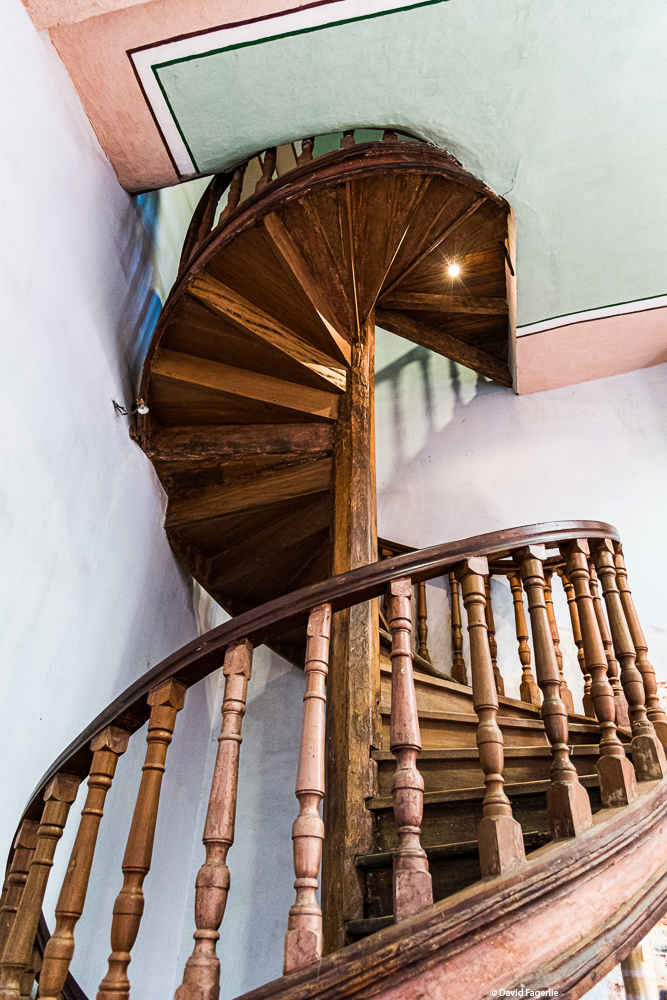
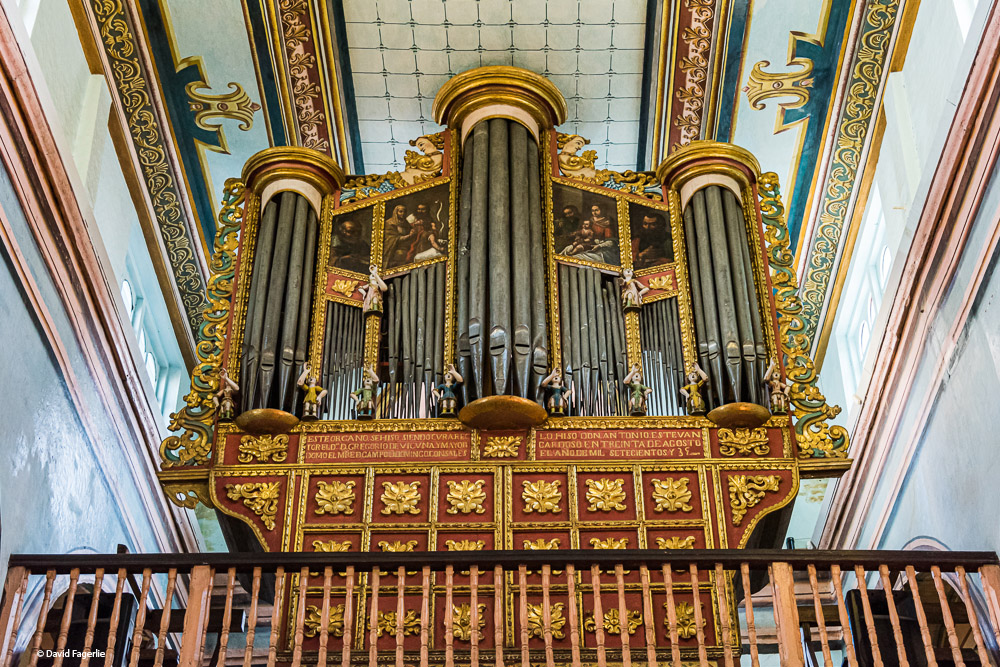
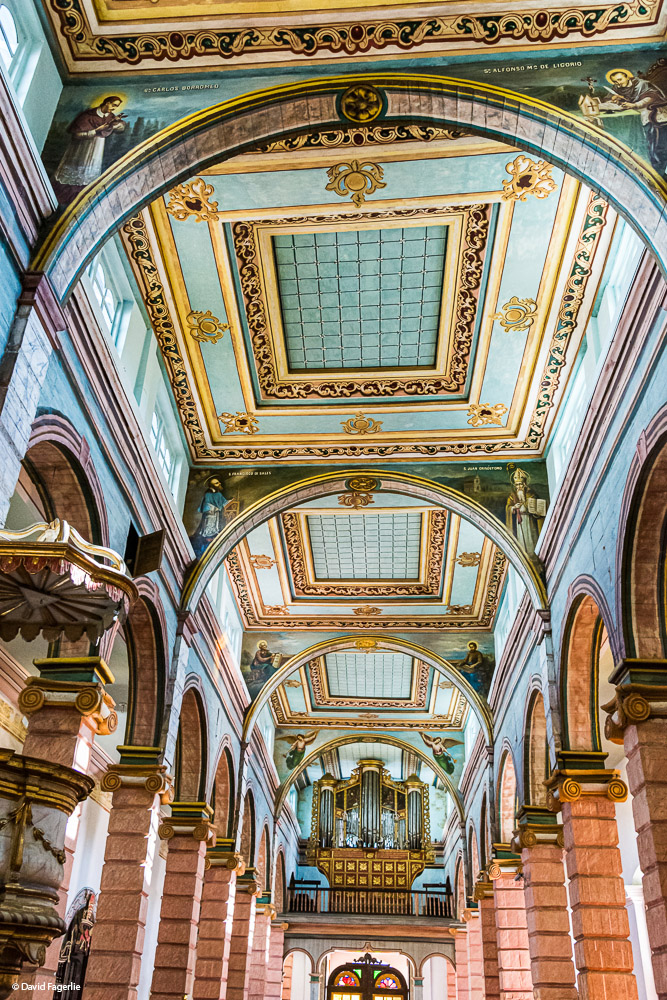
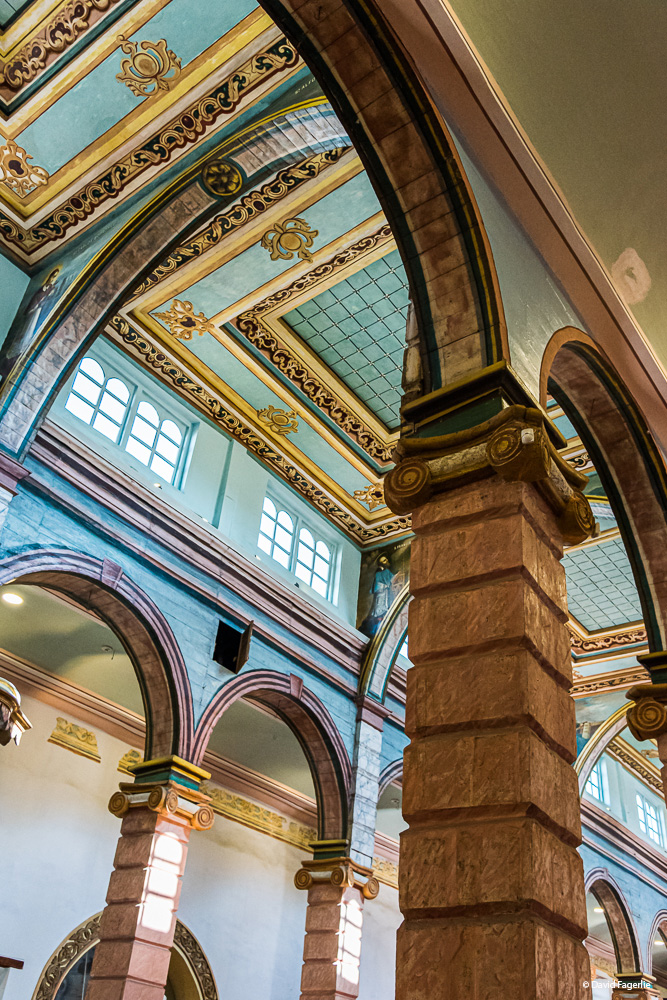
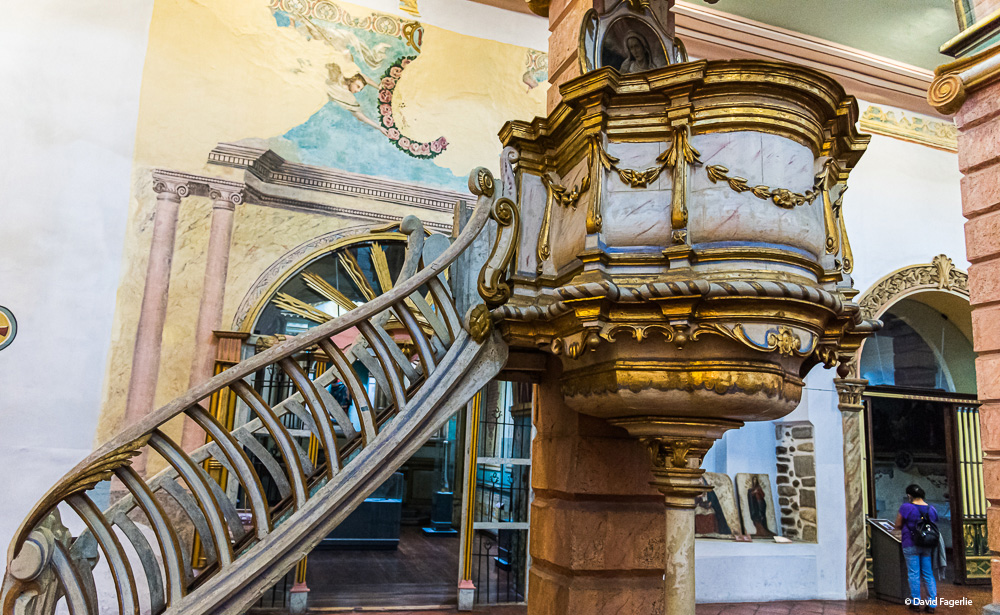
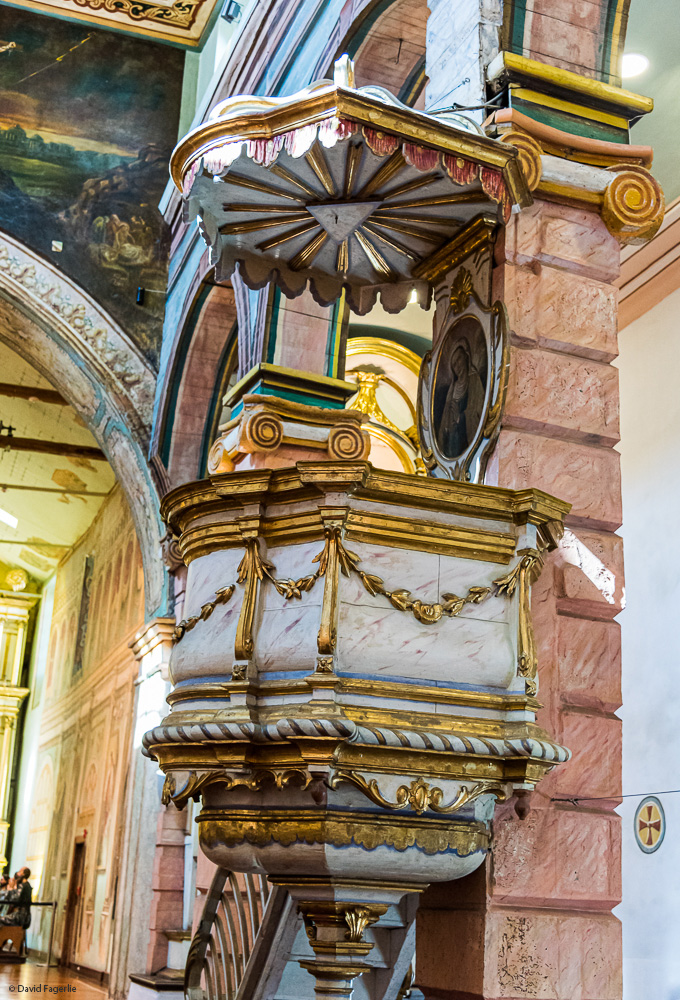
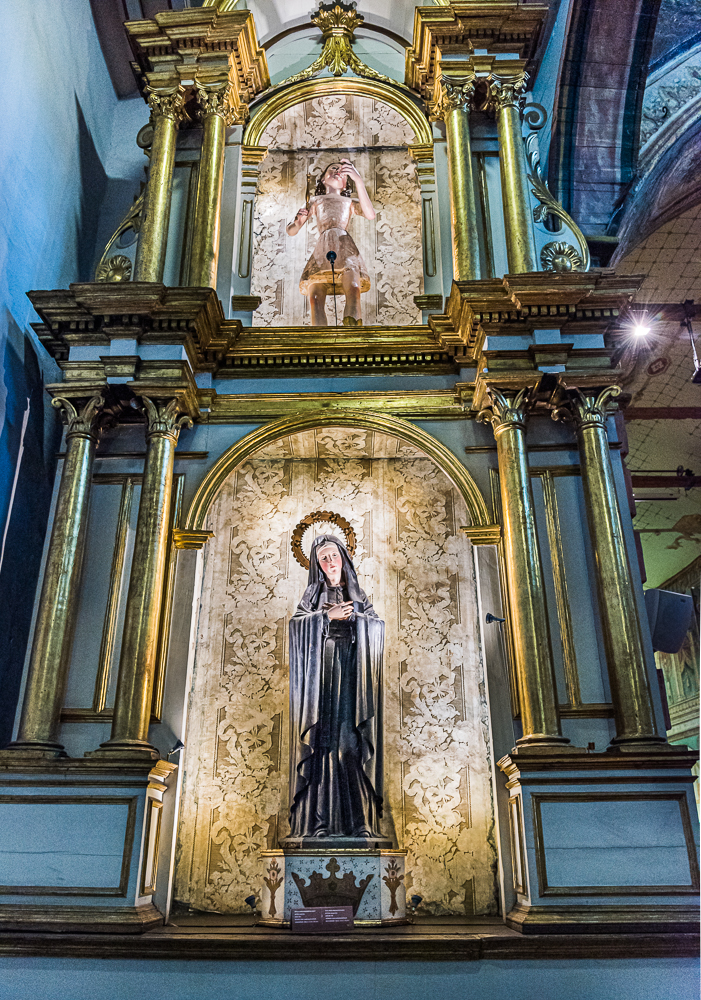
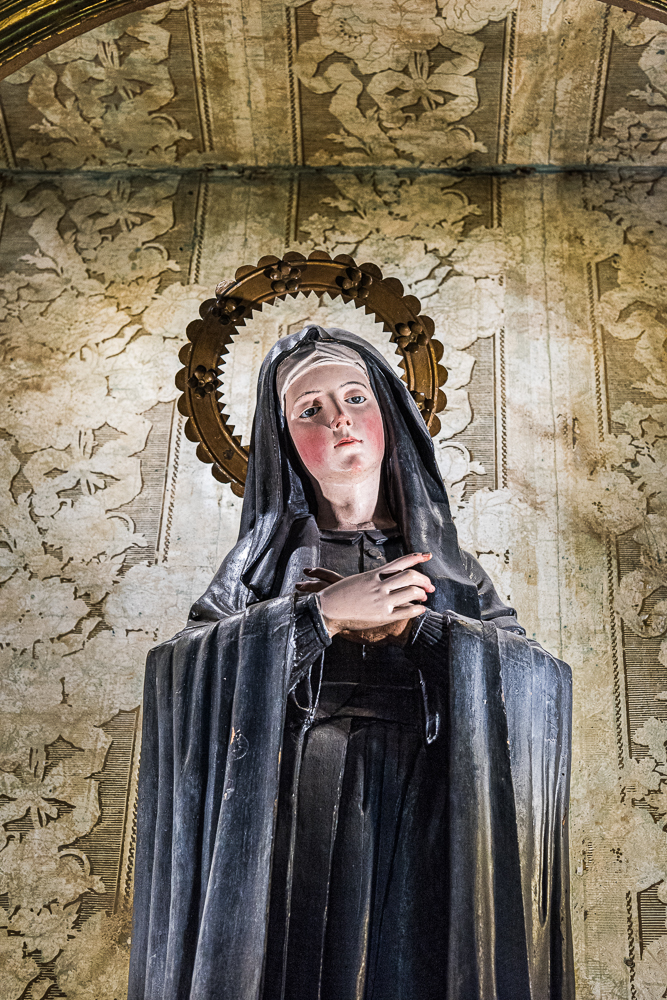
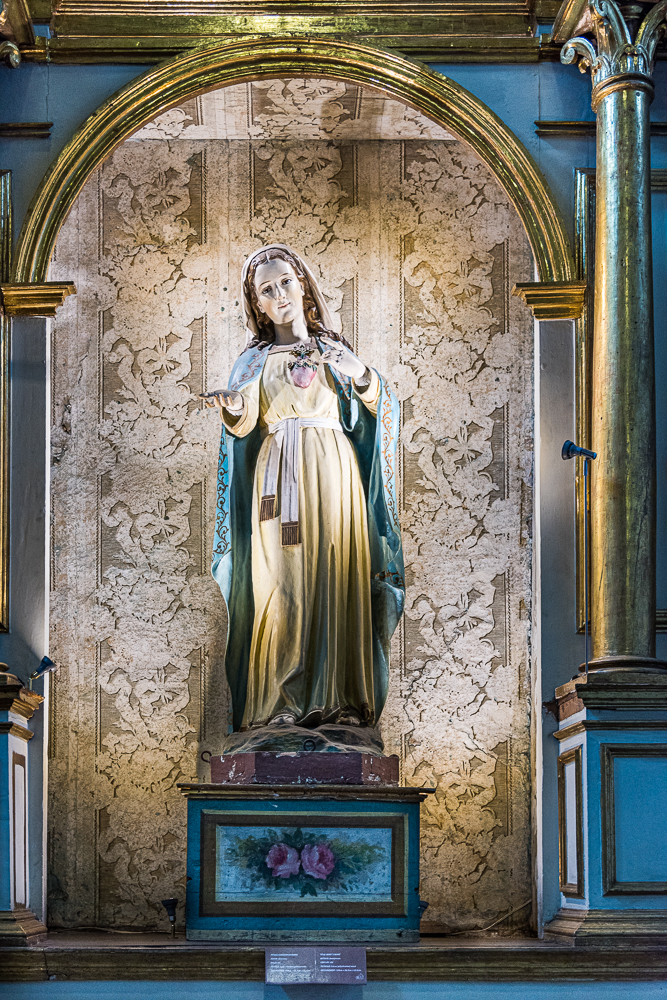
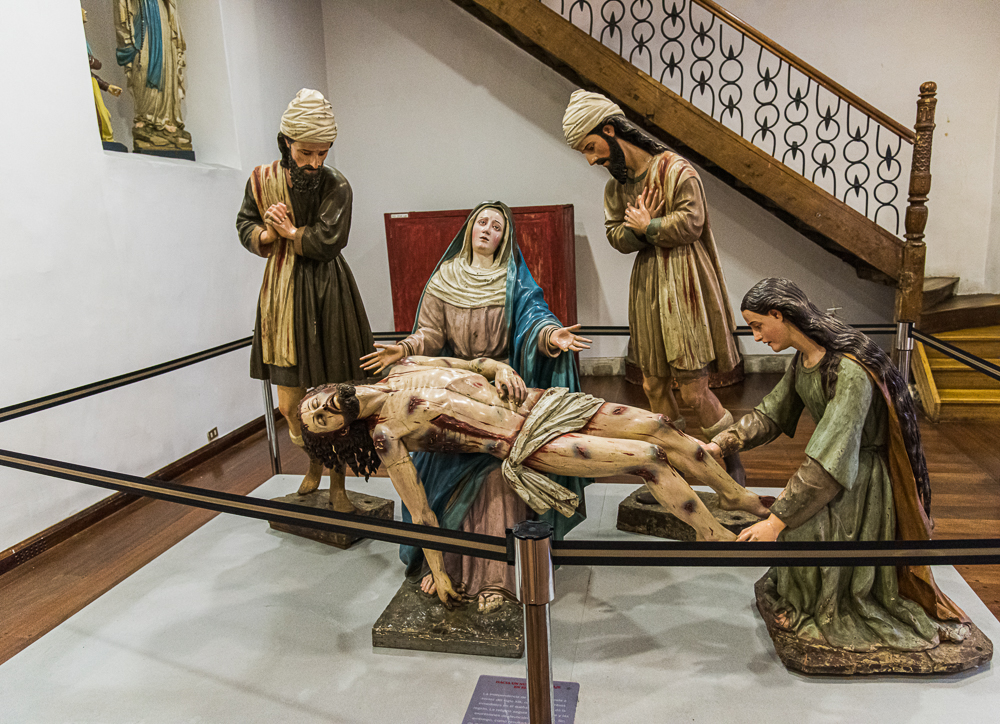
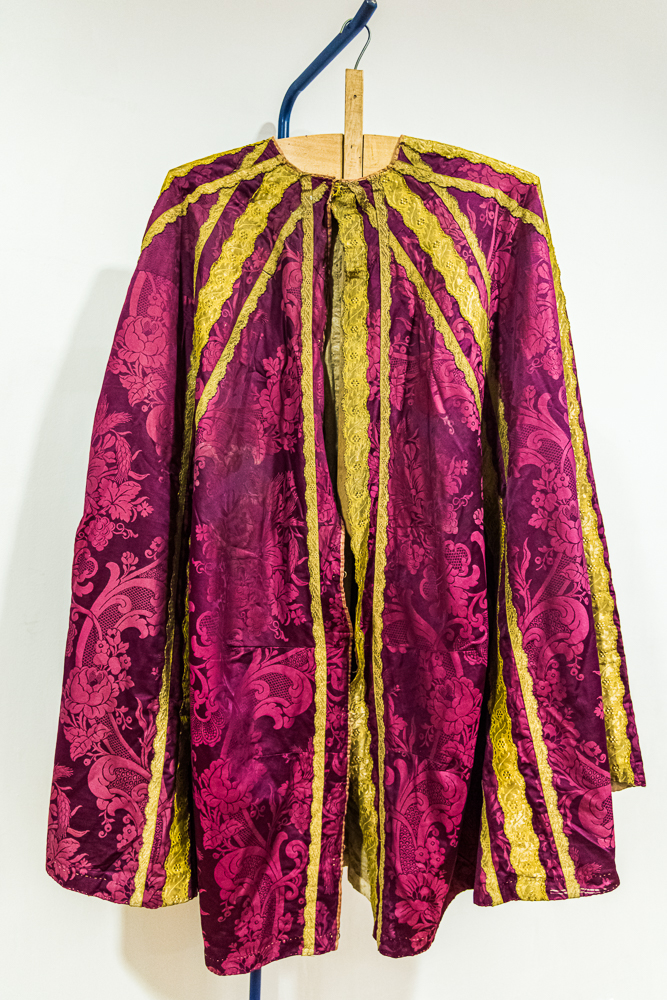
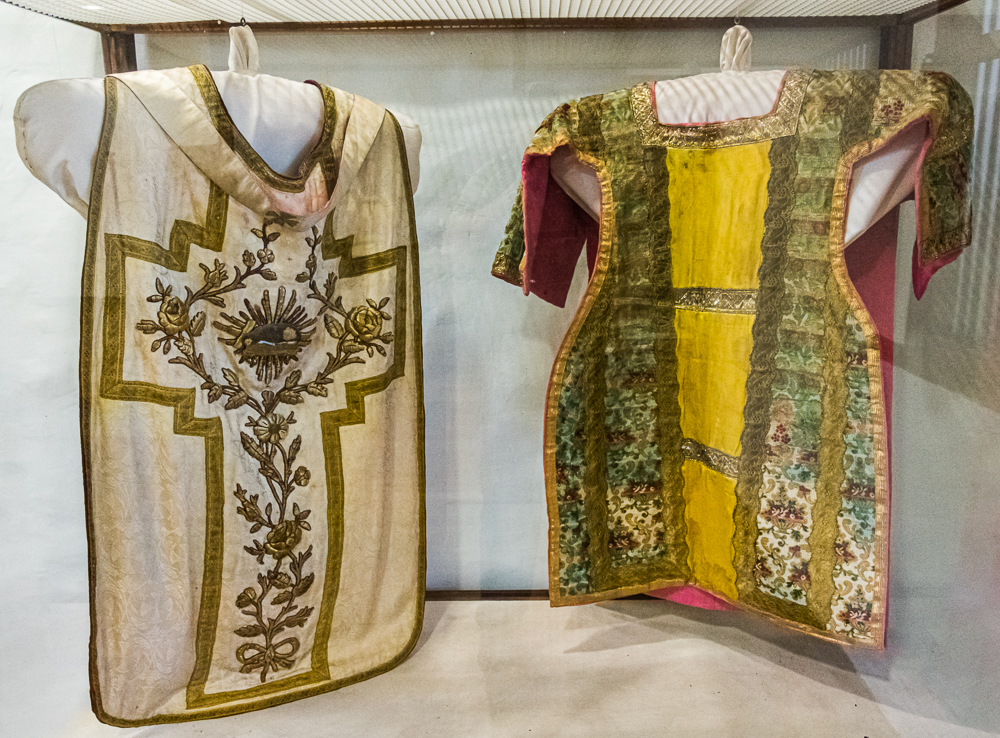
The Church of San Francisco is dedicated to the “Lord of San Francisco,” which is Francis of Assisi. In April 1557 Governor Gil Ramírez Dávalos granted land to build a Franciscan convent. By 1582 the church and convent were under construction. The complex was completed in 1789.
Several congregations administered the church after the Franciscans left the facility in 1870. Today the church shows its age but it has interesting features.
Next to the church is The Monastery of Carmen de la Asunción, a cloistered convent. Nuns enter the convent knowing that they will never leave, even briefly, and even after death. There are three cloistered convents in Cuenca, inspiring me to give them a lot of thought. Typically, at the time of admission new residents were girls between the ages of eight and twelve. I try to imagine not just the lifestyle but what inspires a girl and/or her family to make the decision to embrace total immersion in a life that forfeits everything else?
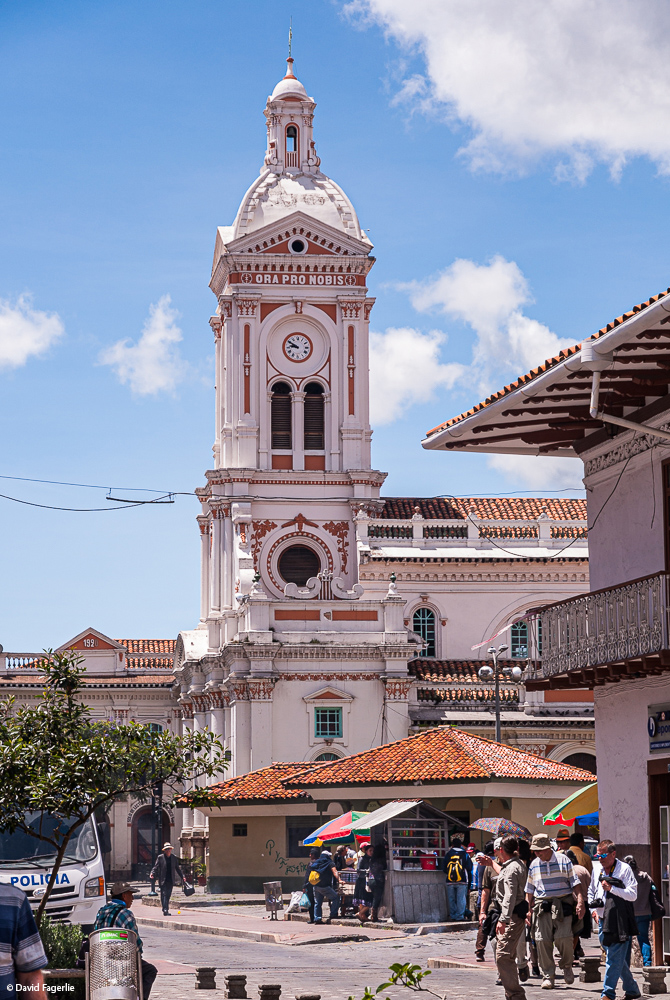
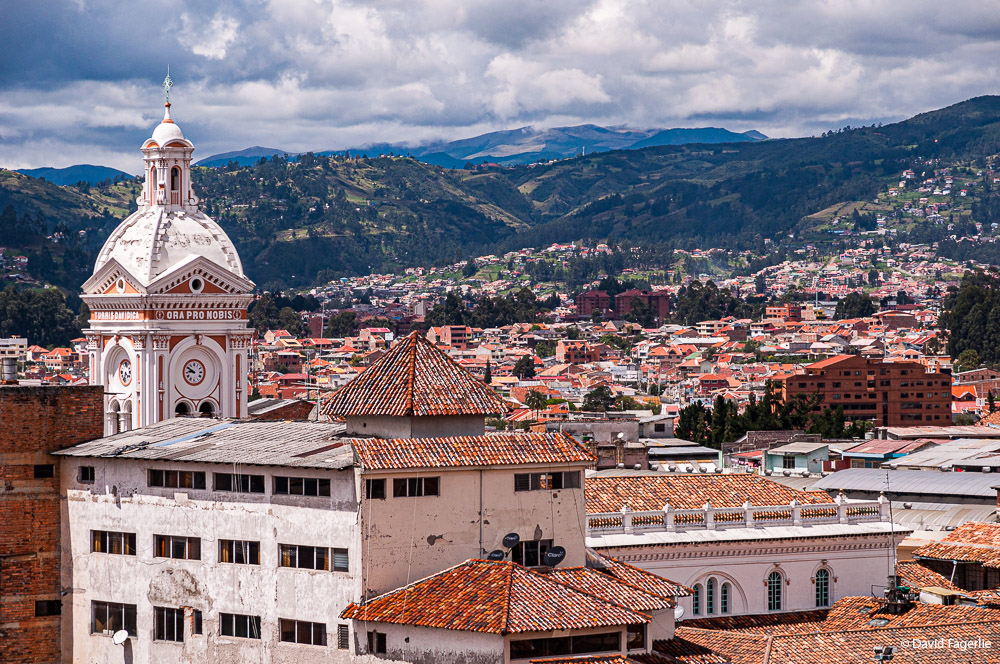
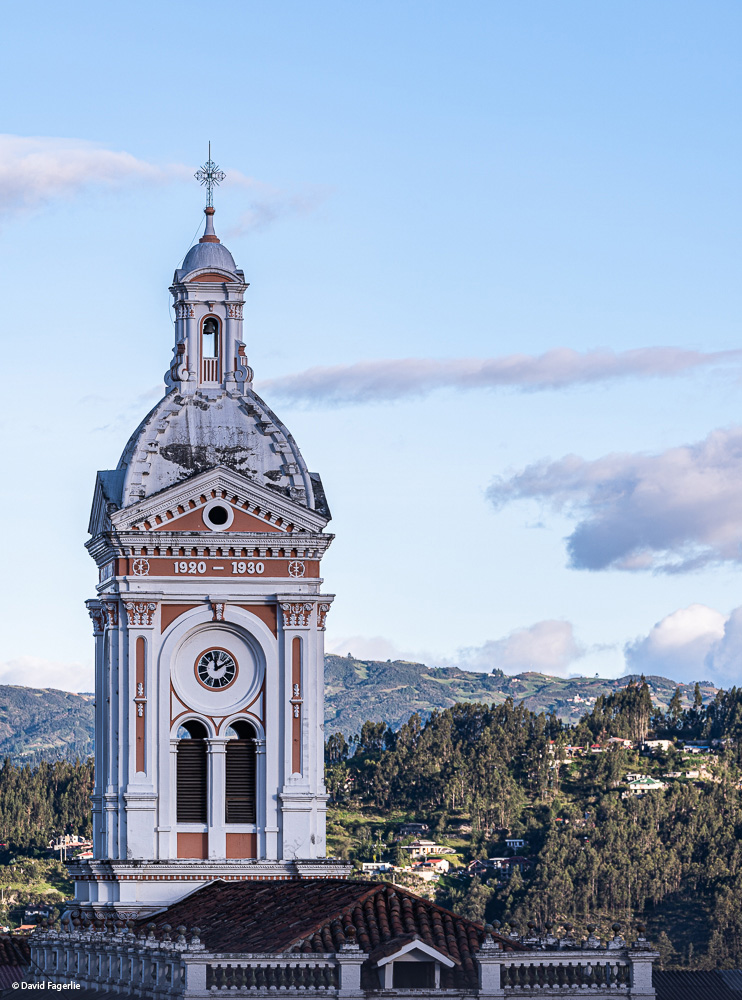
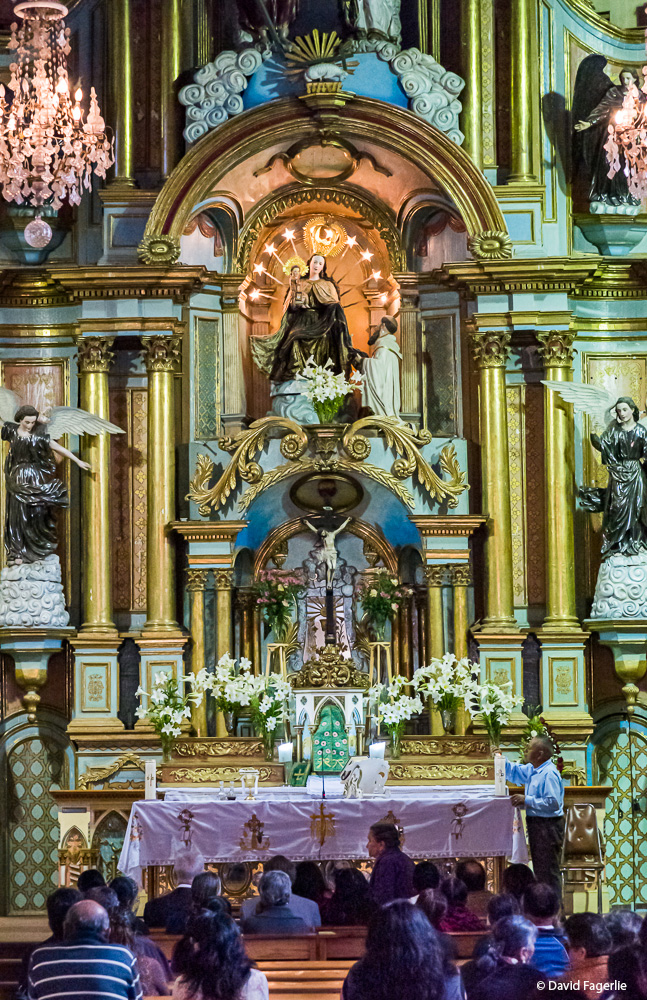
Although I could not visit the The Monastery of Carmen de la Asunción convent friends had an apartment that looked down on the convent’s garden.
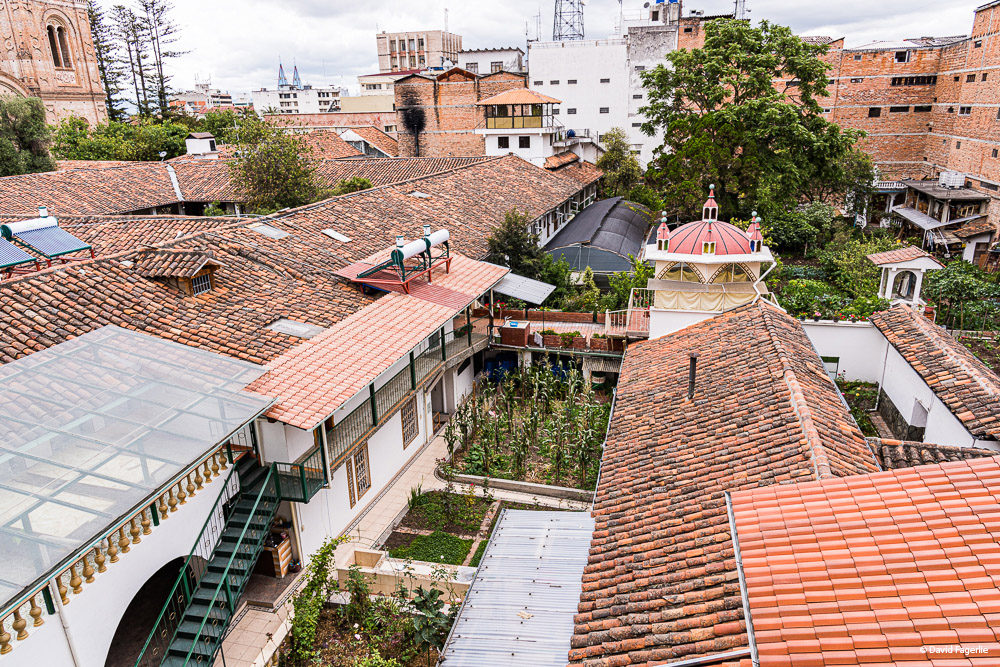
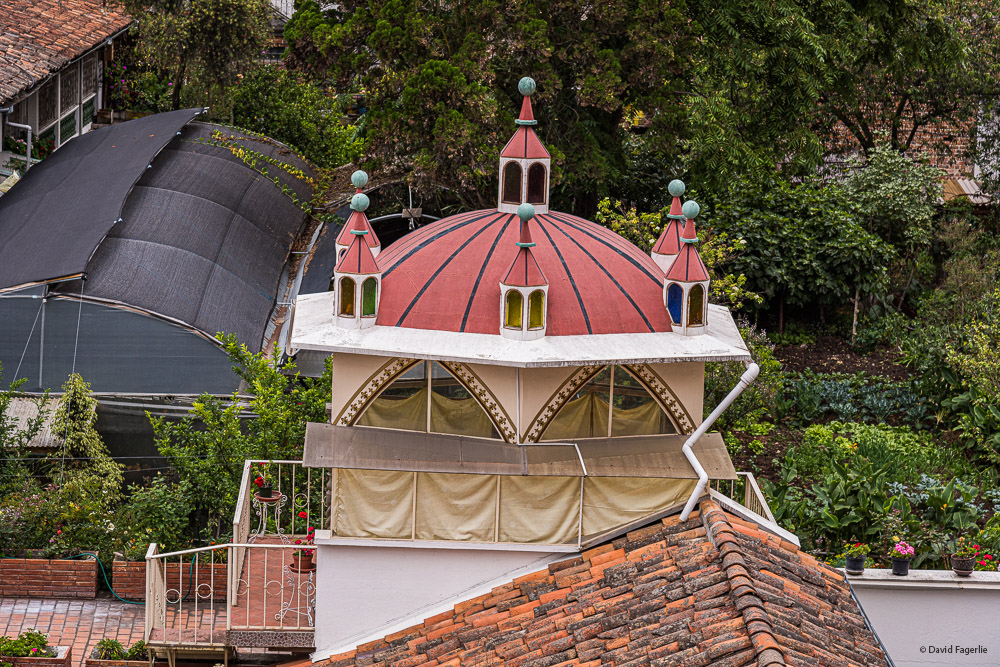
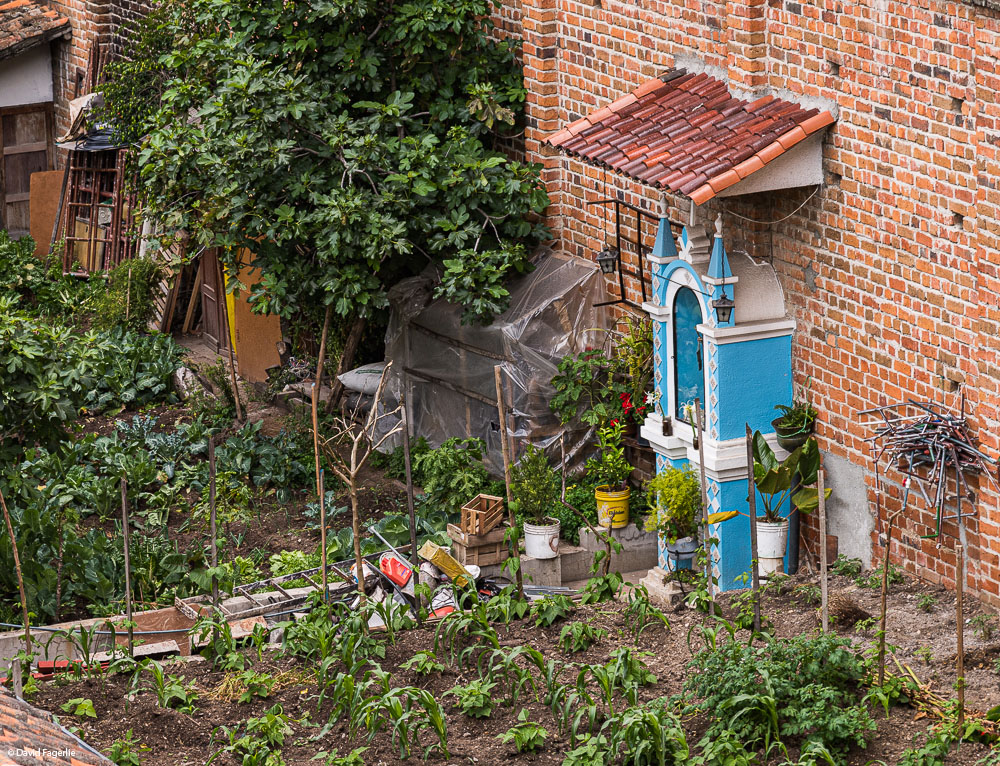
I would sometimes walk through a doorway off the flower market in the square in front of the church into a dimly lit room with a display of lit candles and a small alter. After entering I turned left and walked to the end of the hallway. On the wall at the end is a list of food items the nuns make for sale. Their candied figs are the best in town. I also loved their babaco and orange marmalade! To buy something I first got the nuns’ attention by ringing a bell. On the other side of a turnstile a nun asked me what I want. I told her and she responded with the price. I placed cash on the turnstile and swung it around to where the nun could take the money. A few minutes later the turnstile rotated to present my order and any change. During the entire transaction the nun could not be seen. Here is a photo of the turnstile.
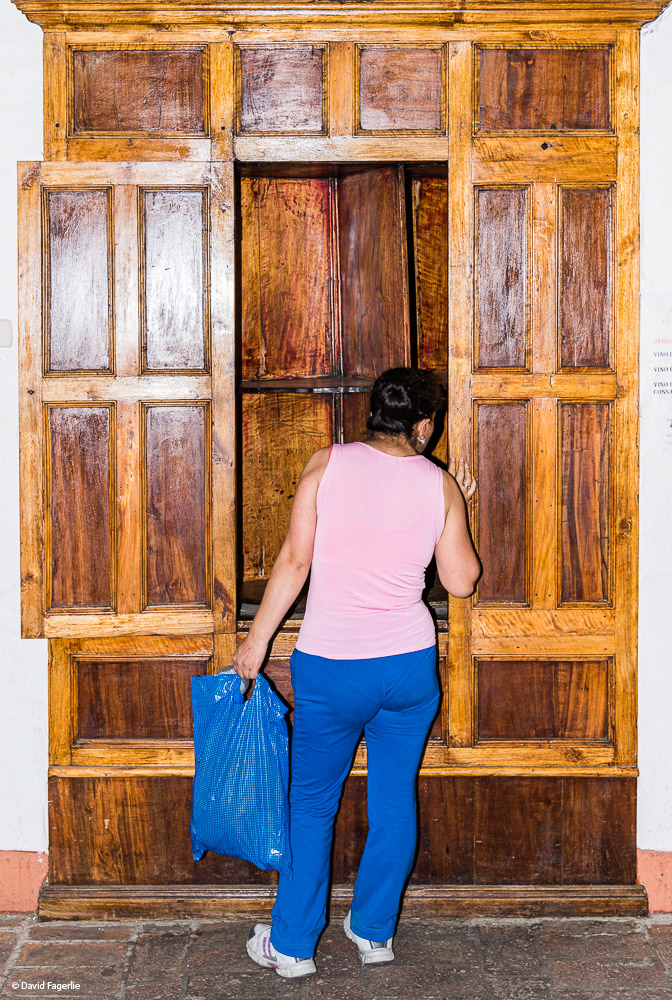
It is not typically possible to see a cloistered convent; however, part of the first convent in Cuenca is now a museum open to the public a few hours on some days. After patrons have left the building the nuns prepare the space for the next day.
Museo del Monasterio de las Conceptas takes up a city block with three story high adobe walls that make the convent look more like a fort. The convent was founded in 1599. The Spanish believed the city needed a cloistered convent where the daughters or descendants of Spanish conquerors could enter.
Early on, Andrés Hurtado de Mendoza, who was the very powerful third viceroy of Peru, requested donations from Luis de Velasco, the Viceroy of New Spain, to achieve the complete foundation of a monastery in the city. Doña Leonor Ordóñez left in her will a number of her houses as a contribution to the foundation of the convent. The only condition of her gift was that three girls, Leonor Ordoñez and Geronima and Angela de Amendaña be accepted into the cloister; they were the first nuns to enter. From the beginning, the convent had great reception by Cuenca’s society.
In his writings from 2005, Moreno de Dávila noted that each nun lived in her own cell together with one or two servants. Only on Thursdays at holy hour would all the nuns of the community meet together. The basic requirement for the aspiring women to enter the convent was to be young and apply for a vacancy. However, with new rules dictated by Pope Julius II on monastic life the first years must be in poverty. (You may recall I discussed him in my chapter on the Vatican.)
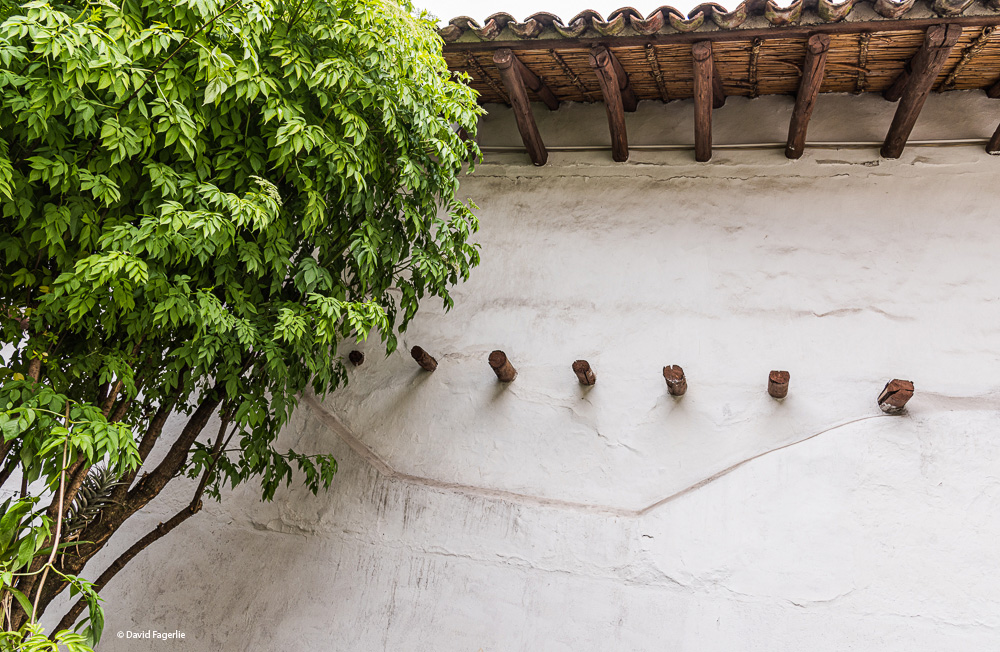
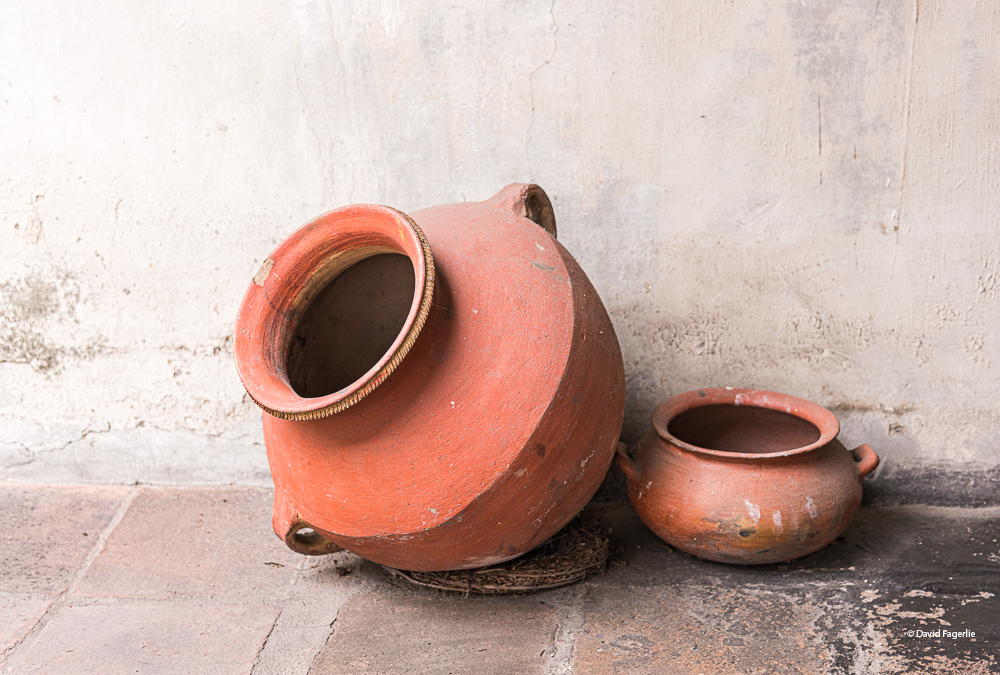
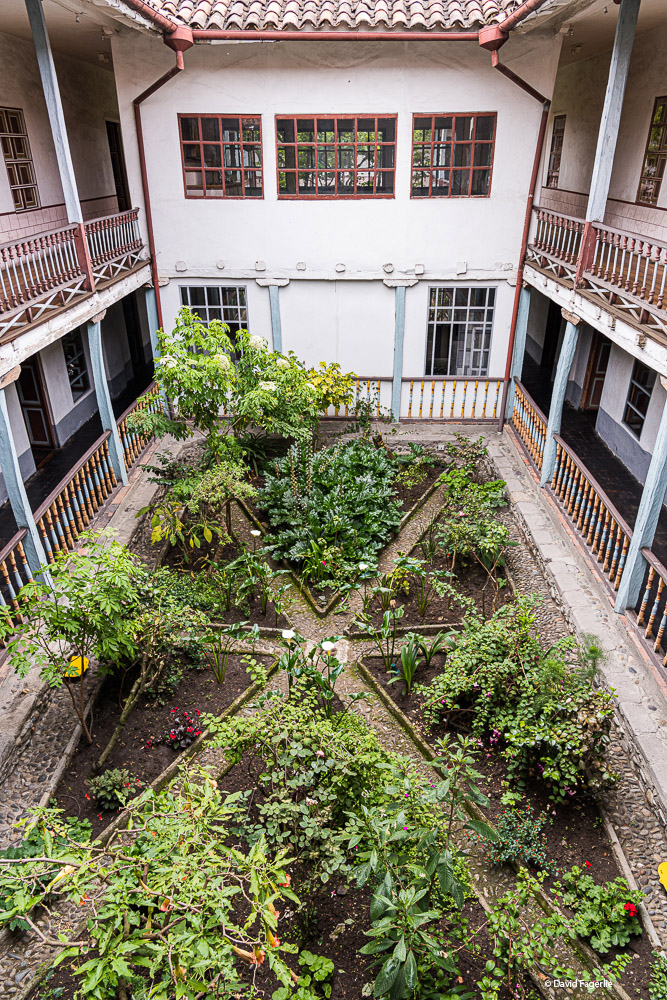
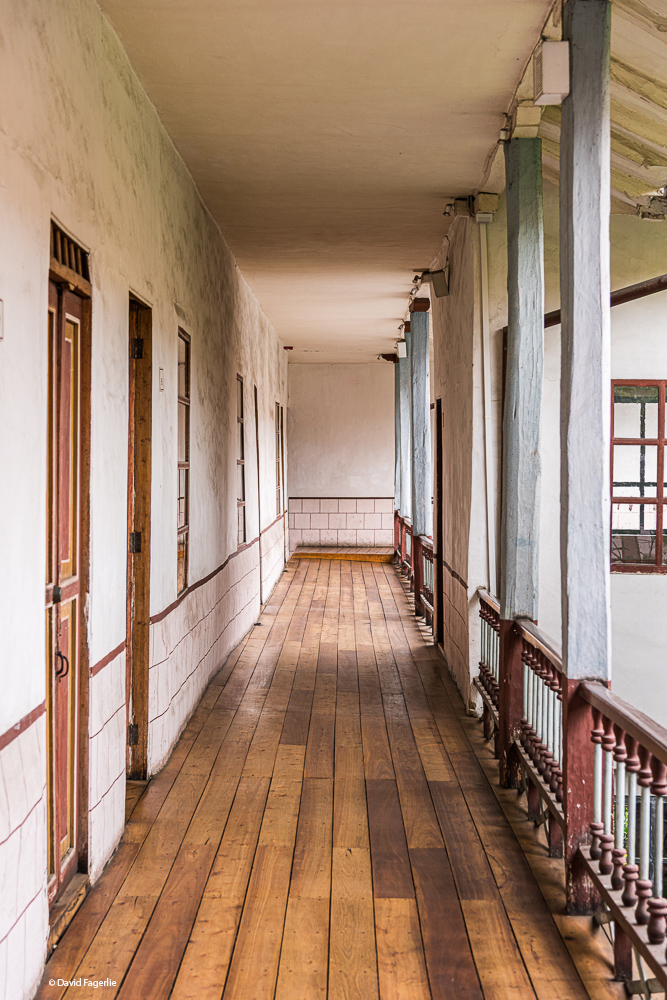
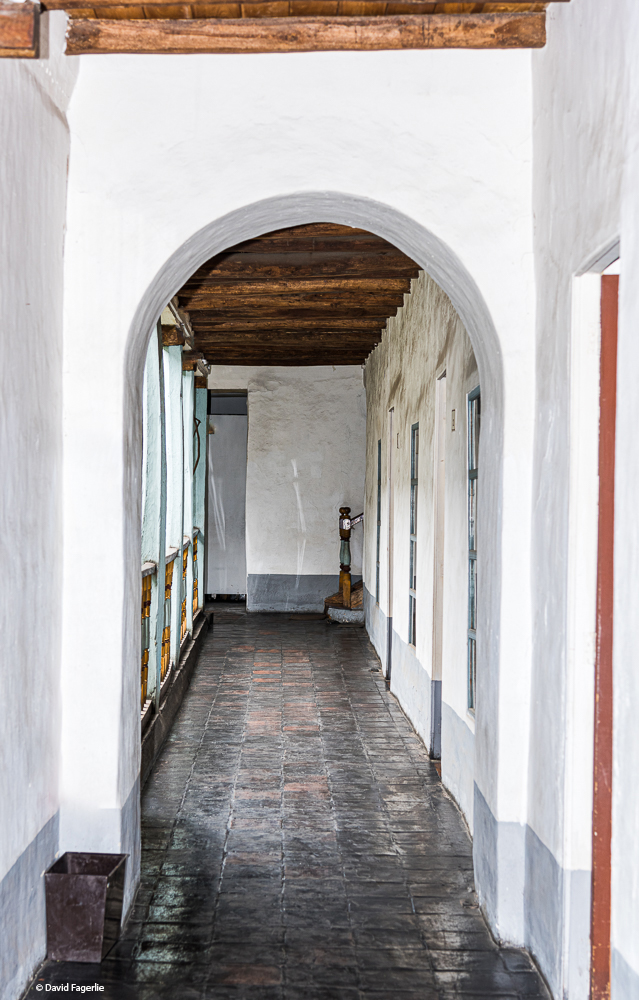
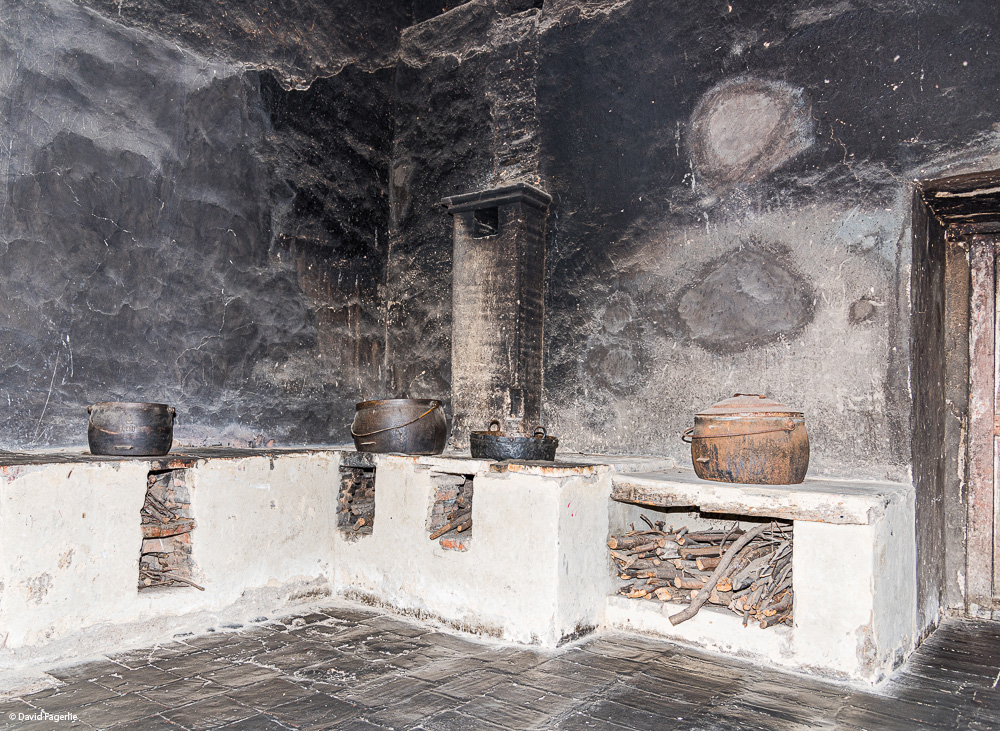
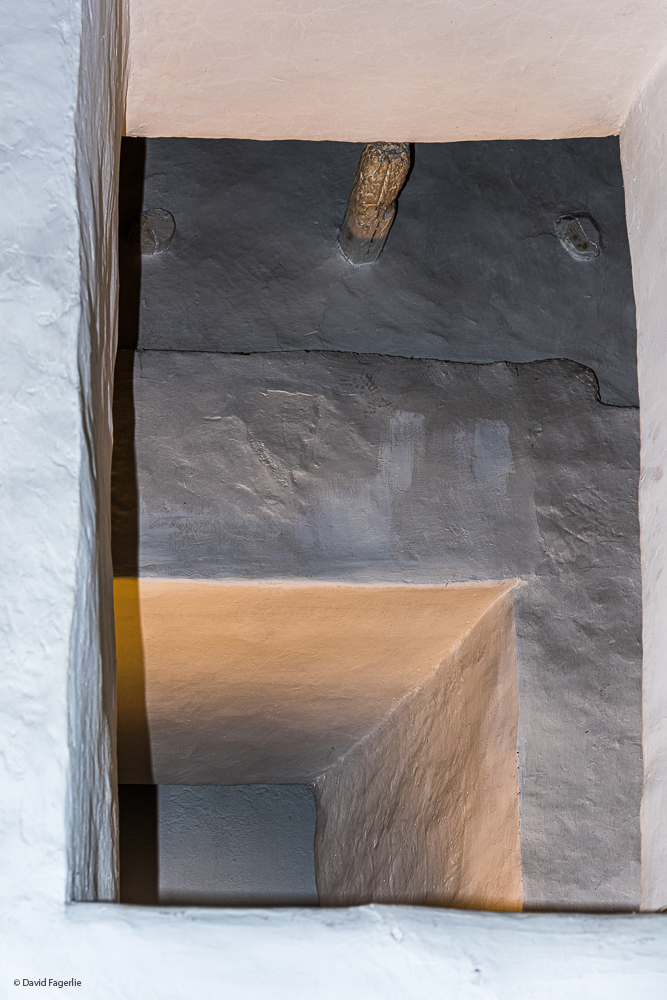
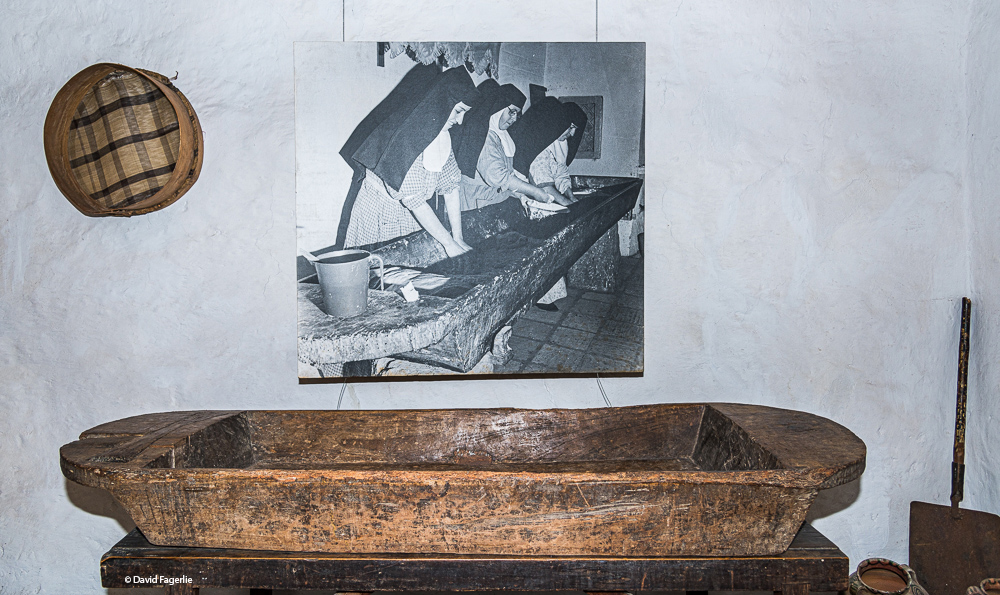
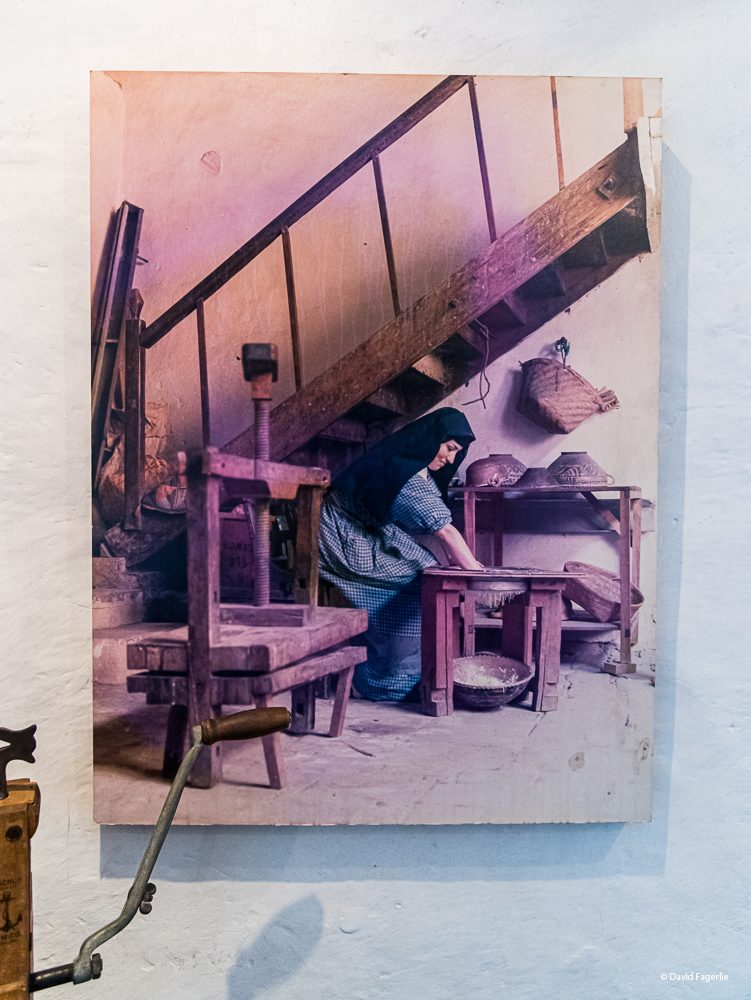
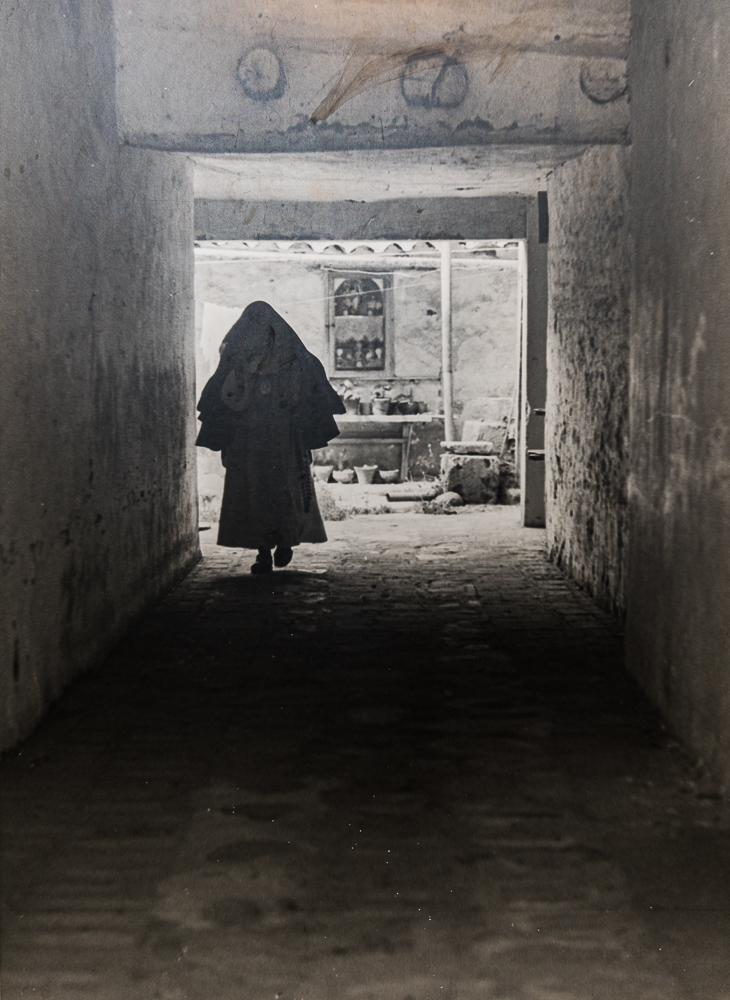
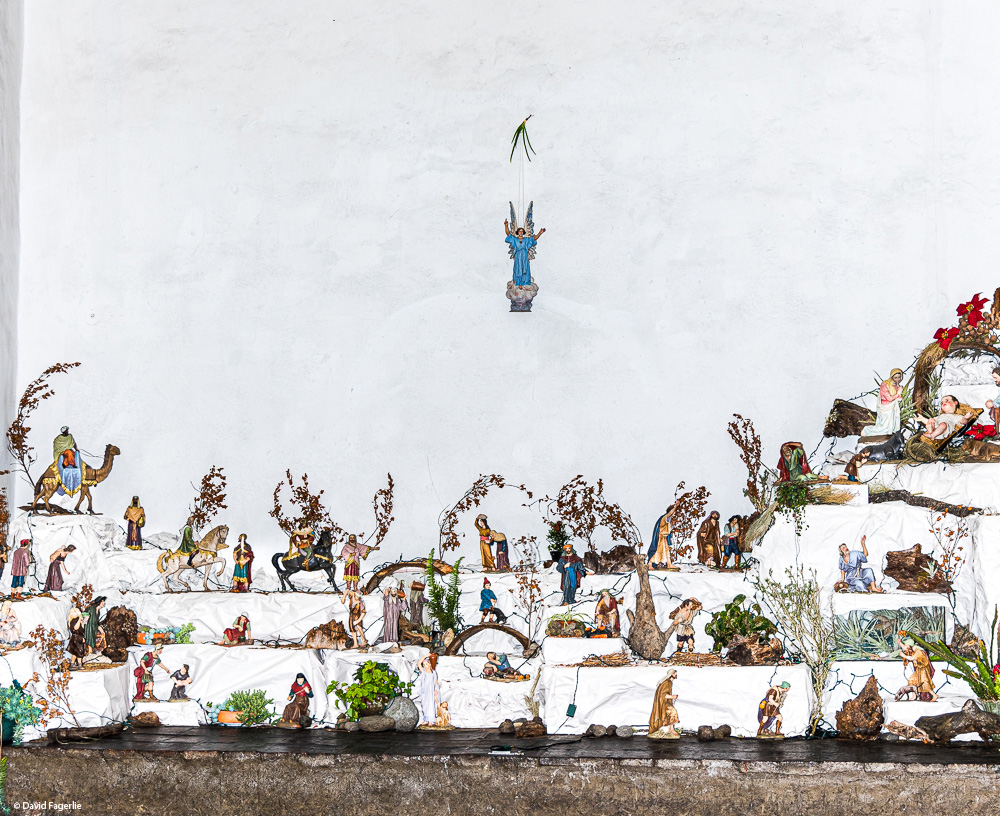
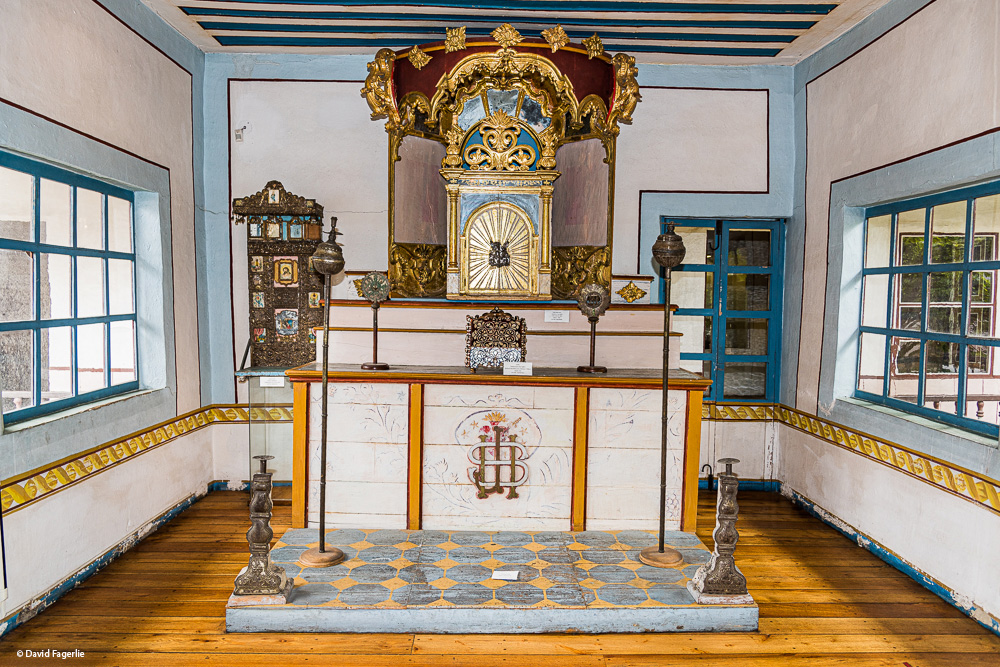
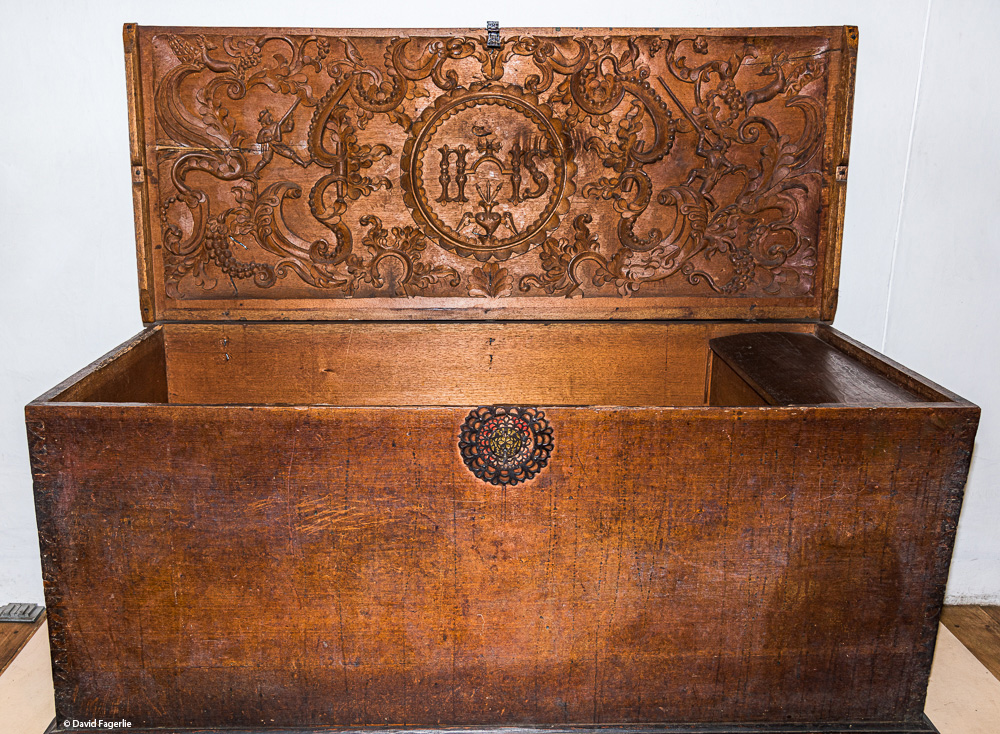
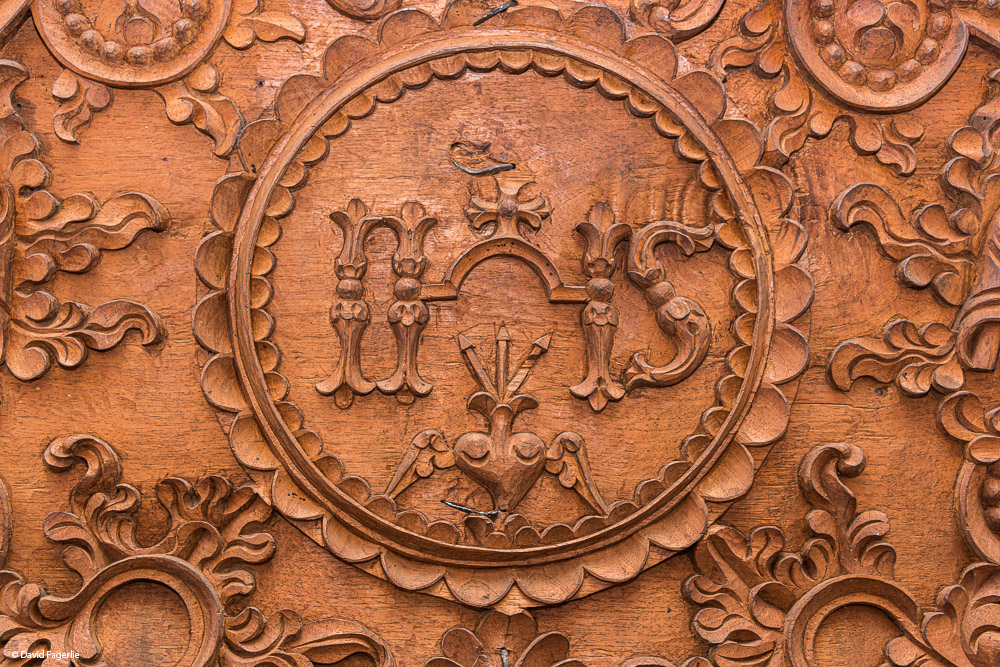
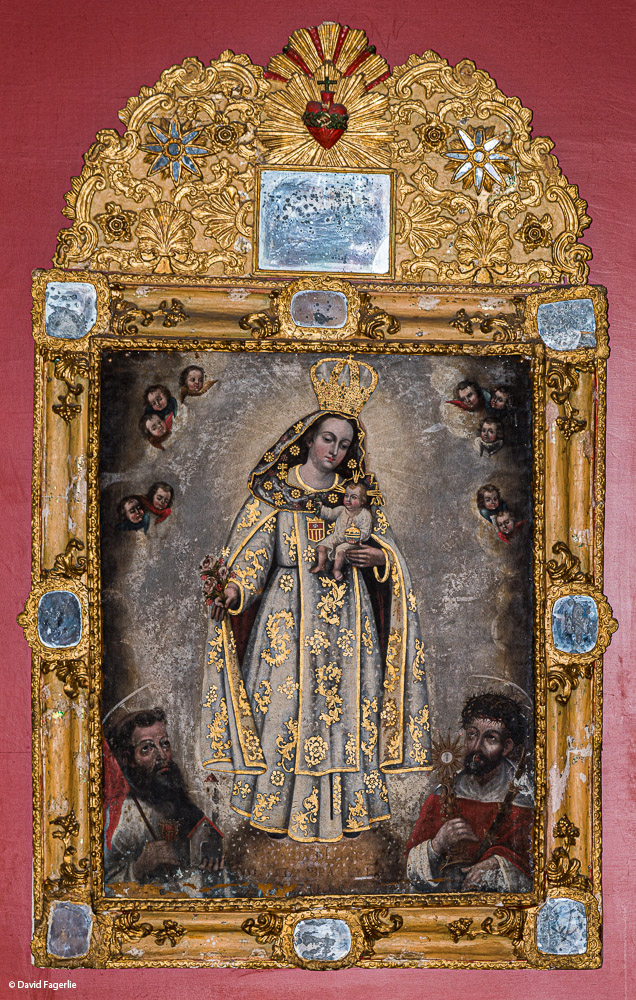
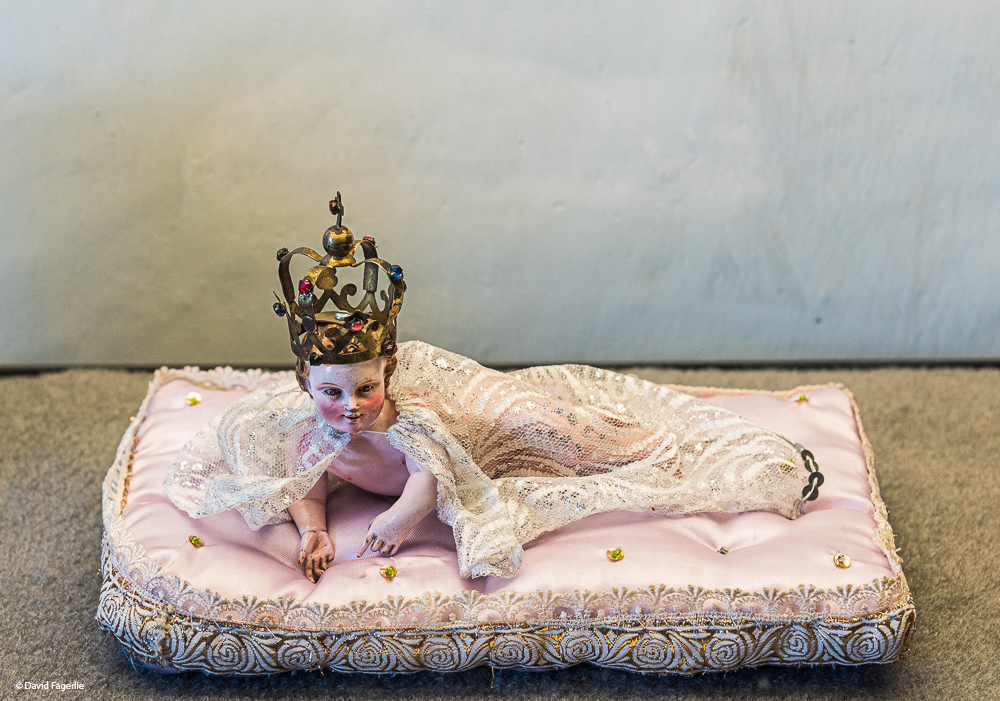
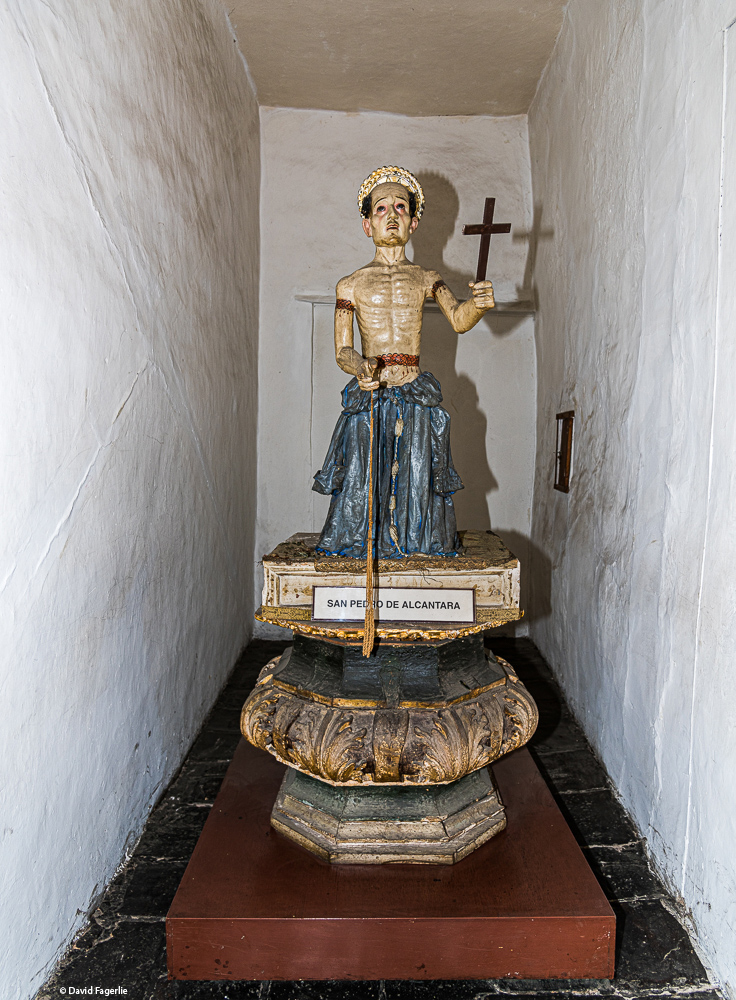
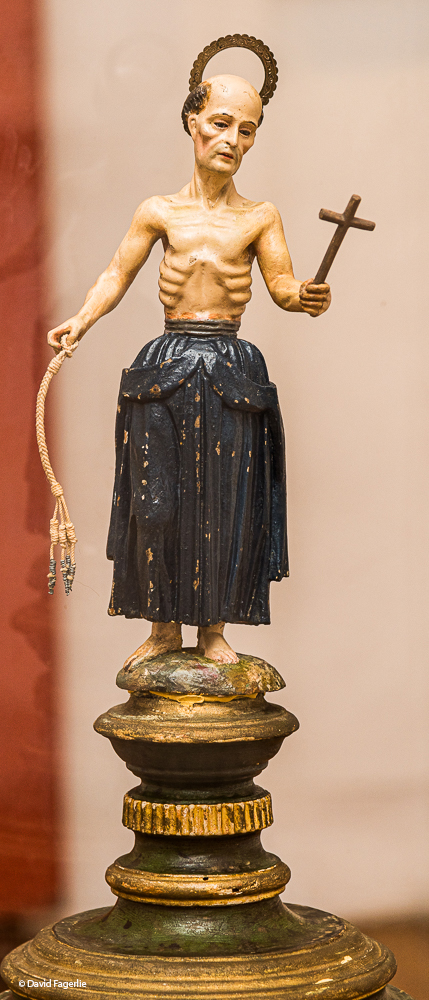
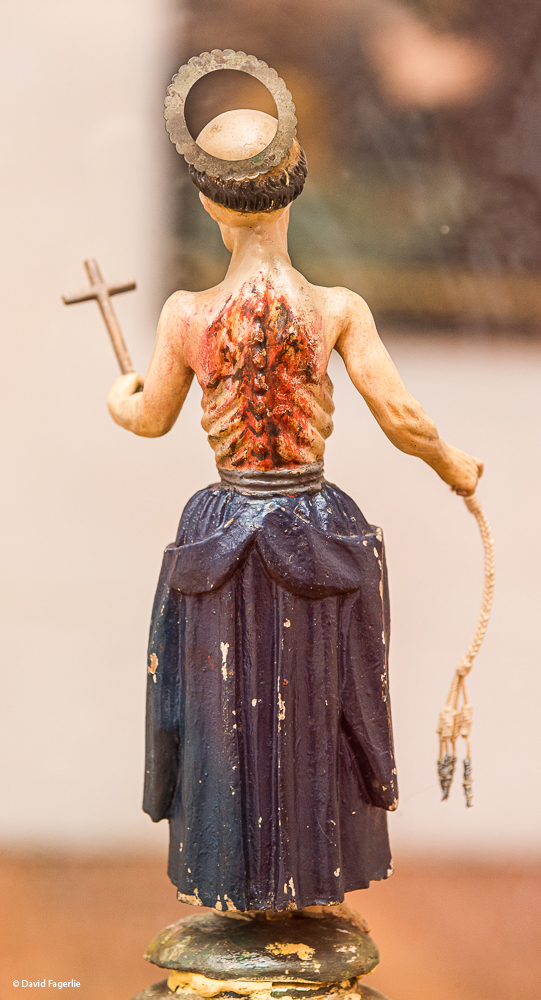
Day of the Dead, celebrated on November 2nd, is an important day in the life of Cuenca. Typically families congregate to honor past loved ones. The largest cemetery is where the most activity of the day happens.
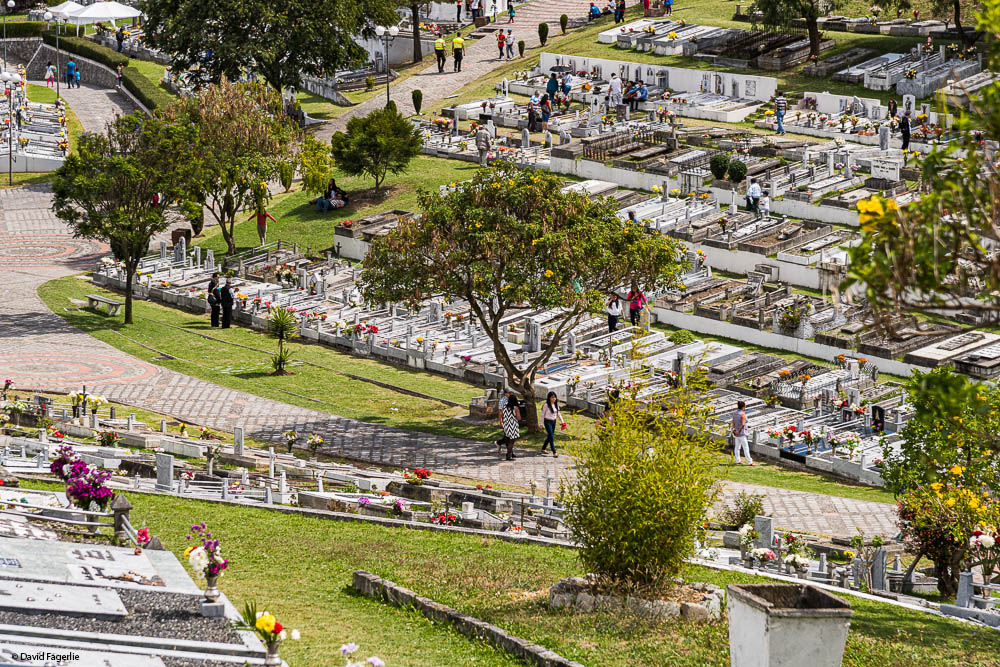
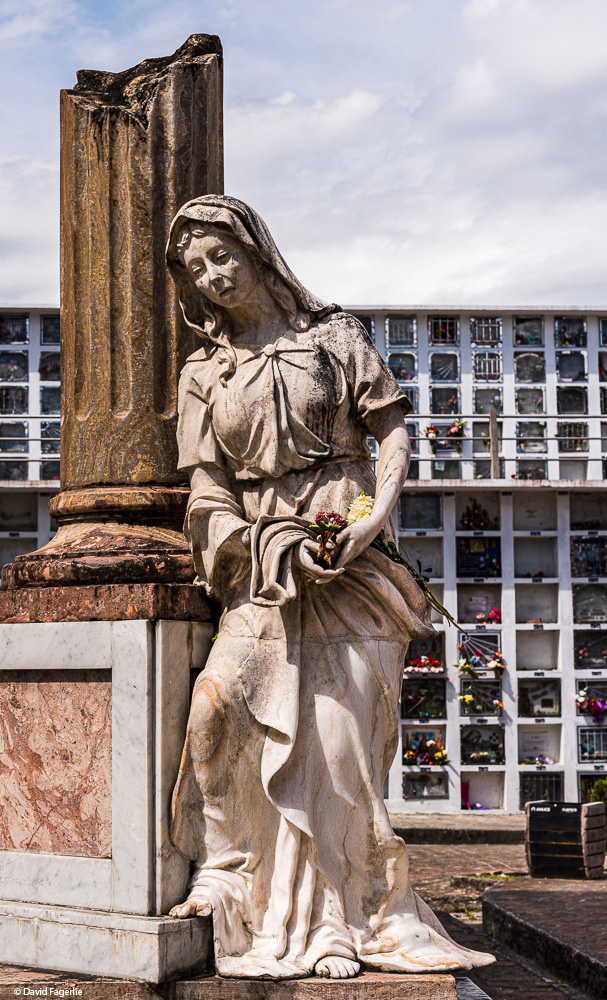
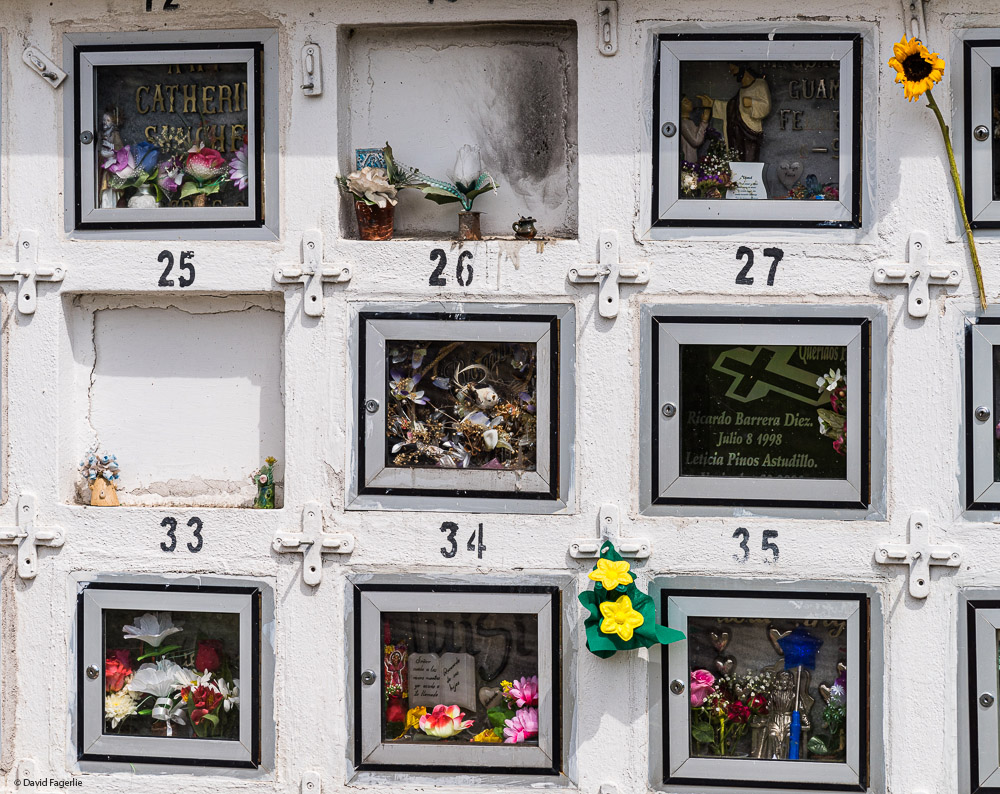
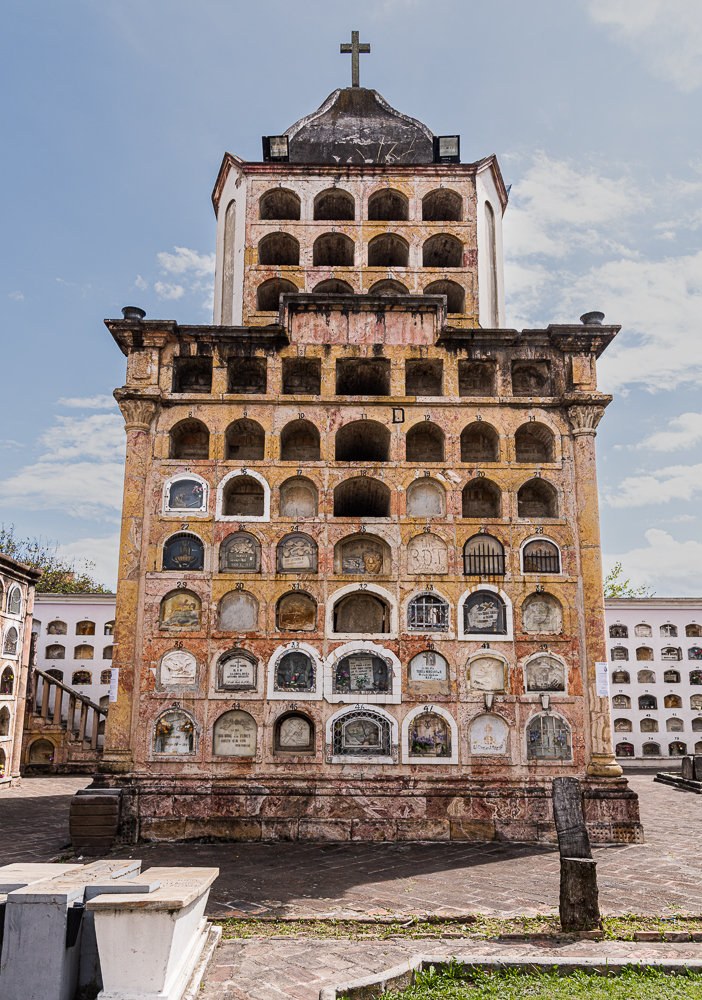
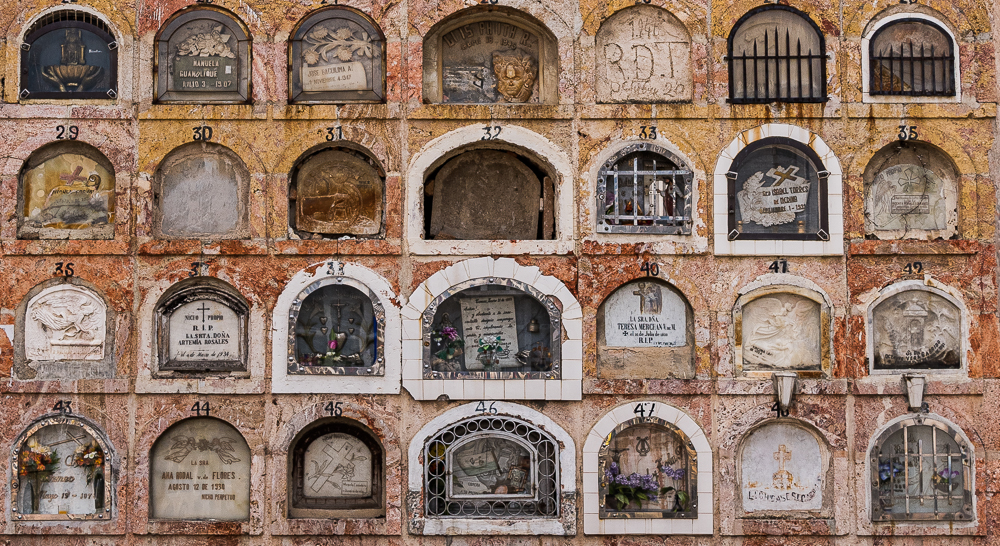
Cuenca is full of smaller churches that are marvelous to have around no matter a person’s beliefs. They offer great beauty to the city.
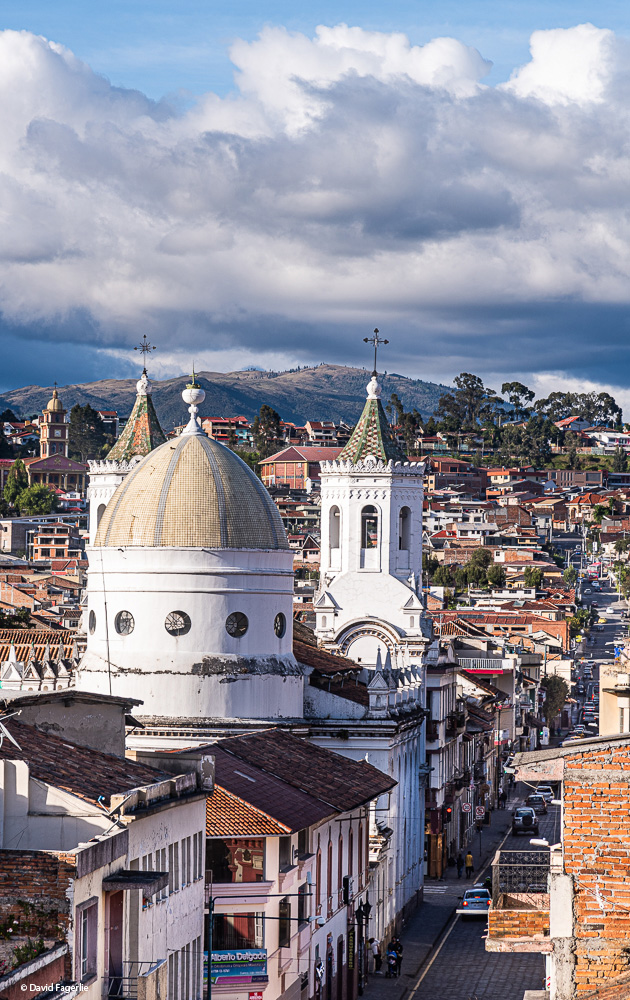
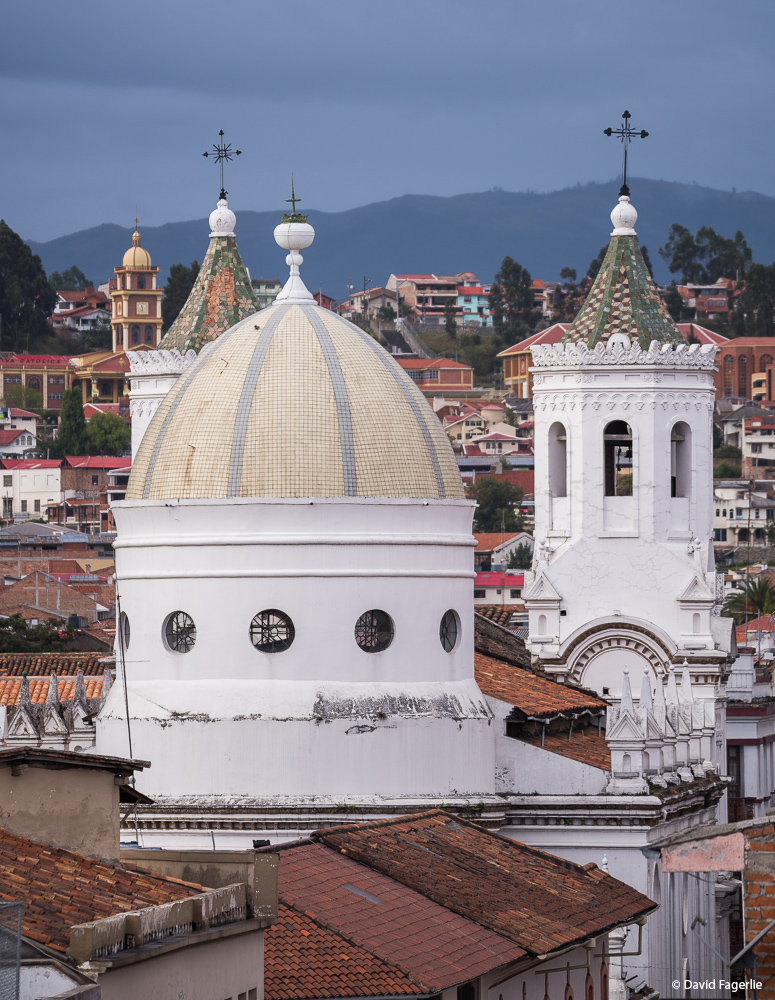
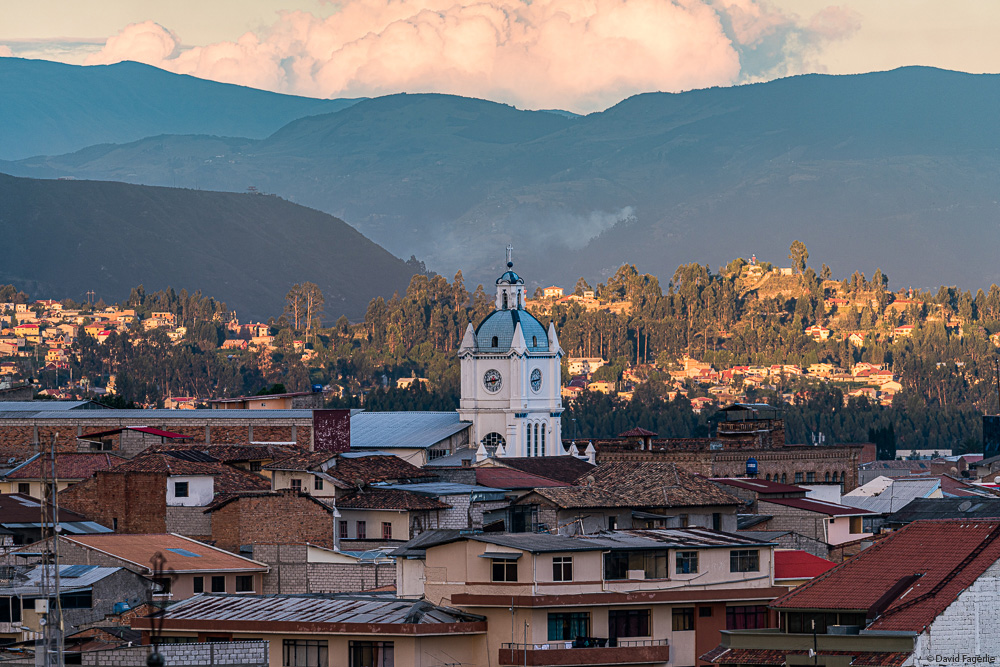
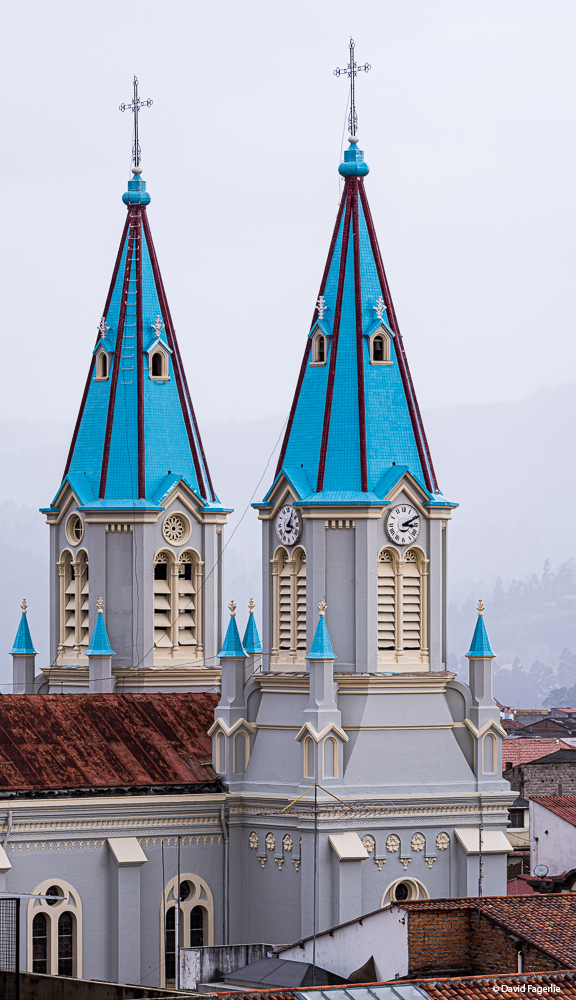

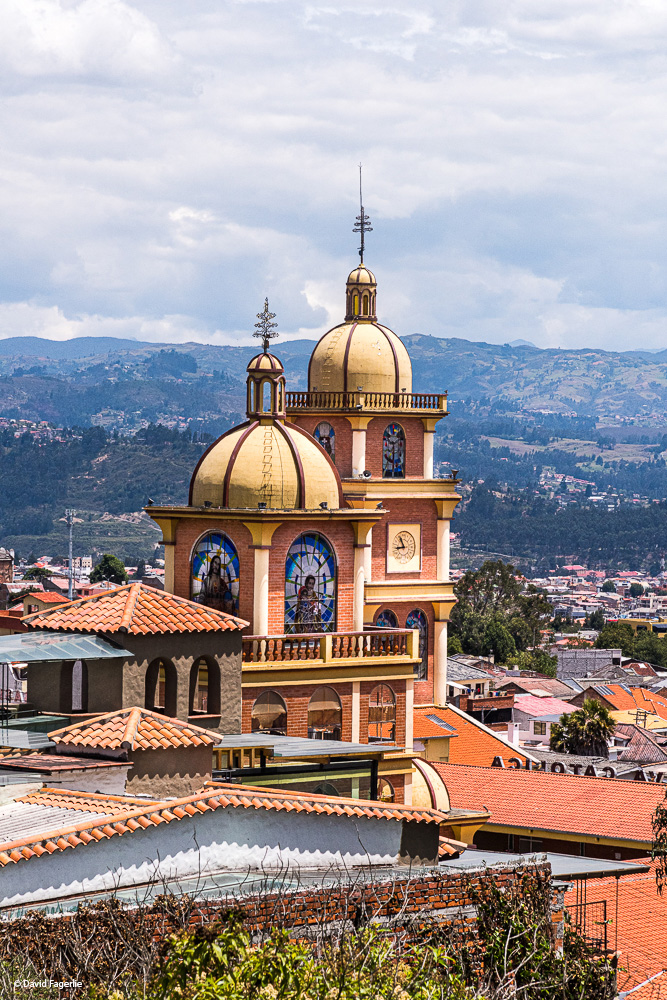
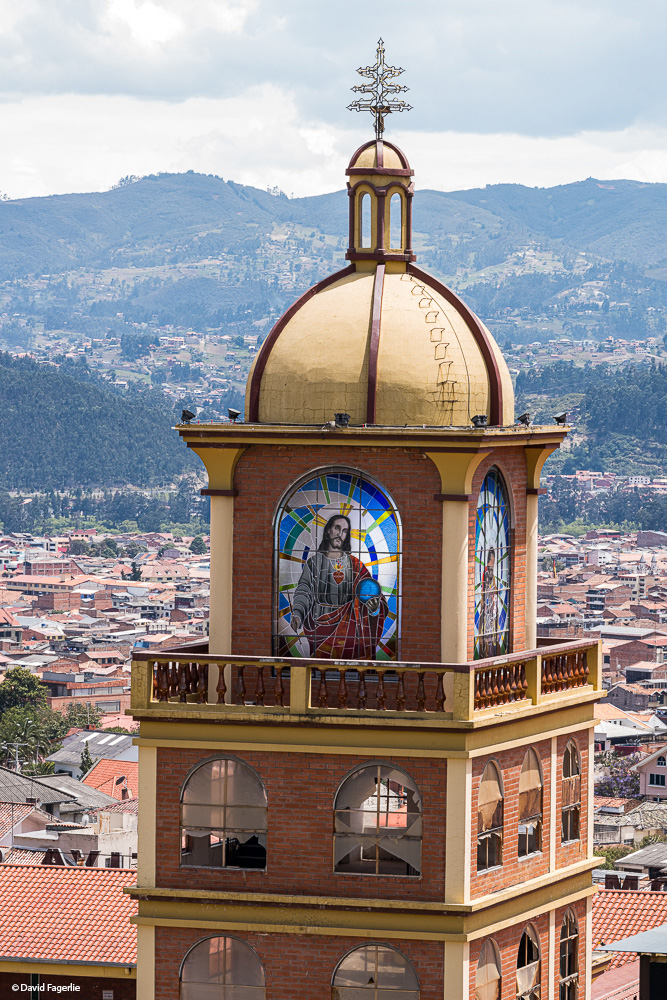
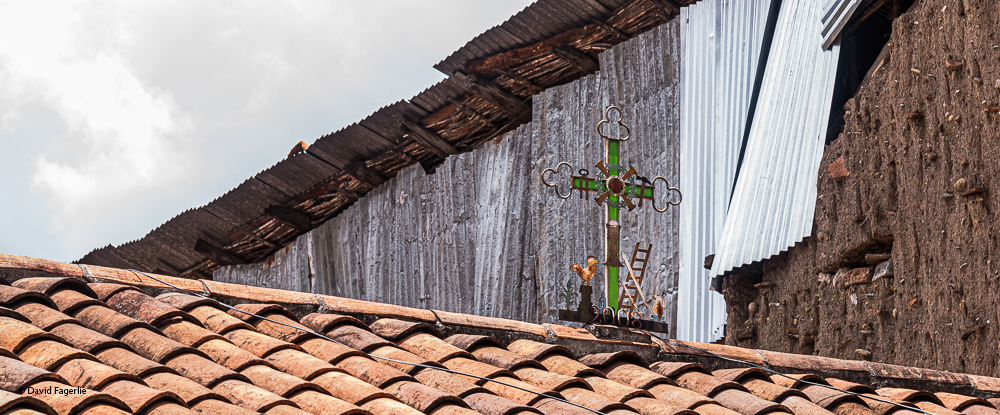
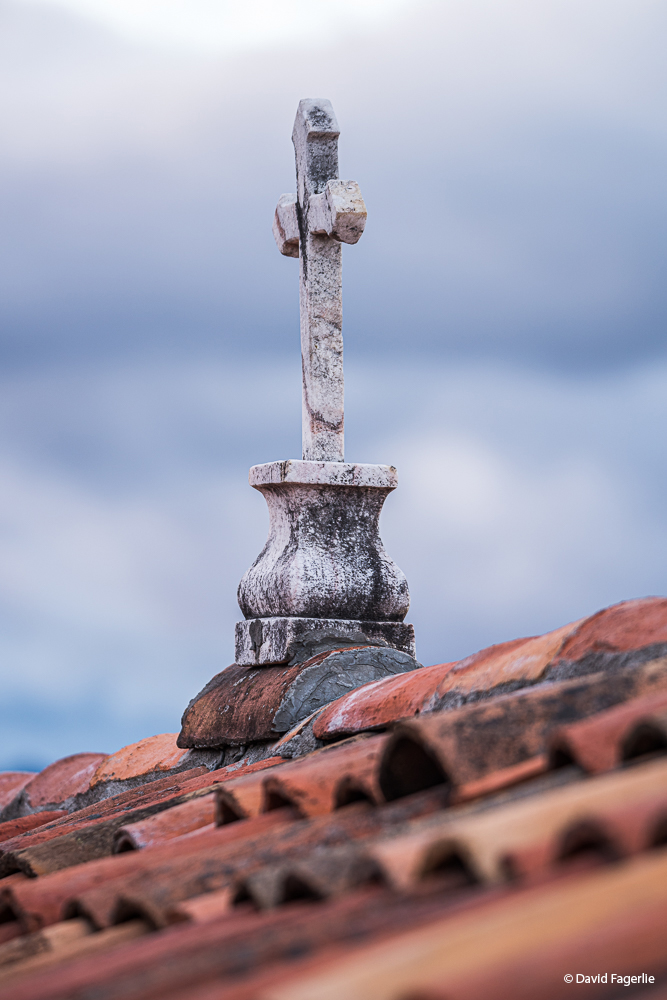
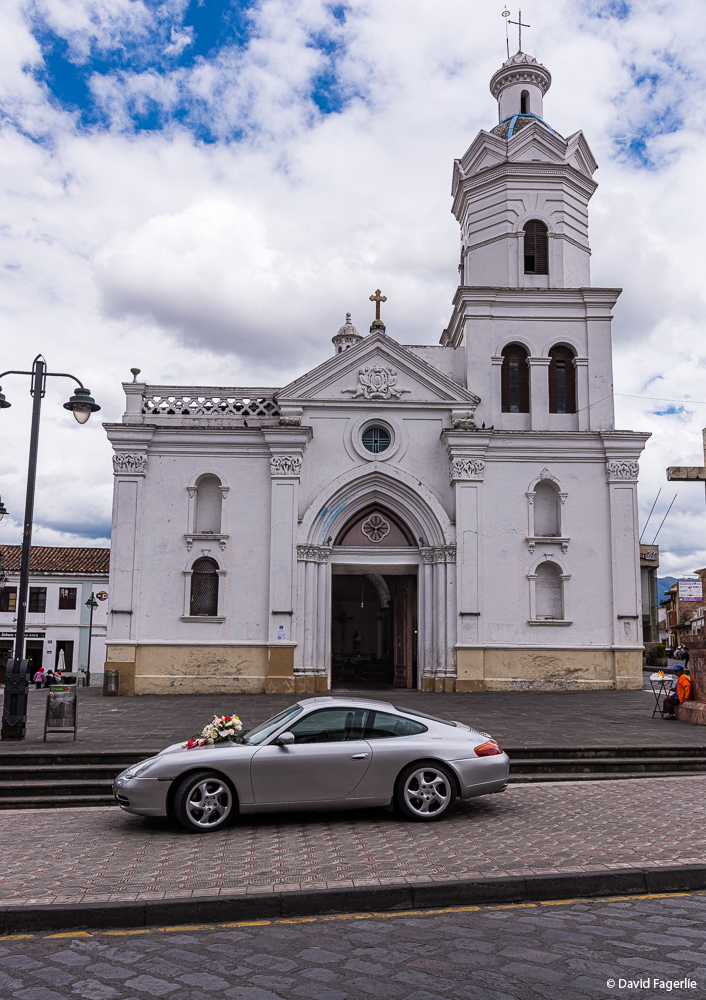
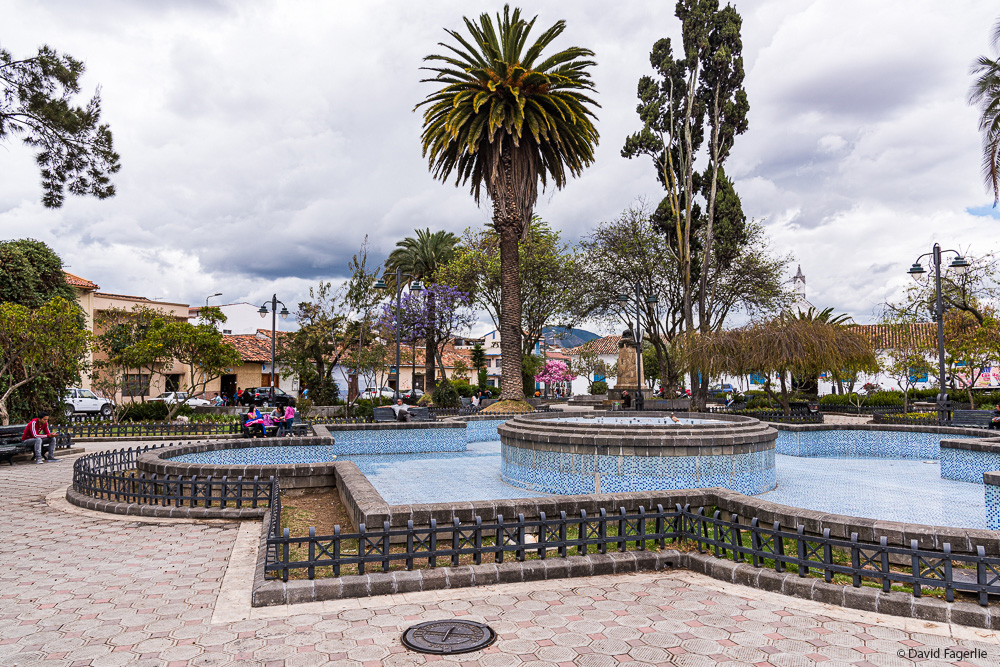
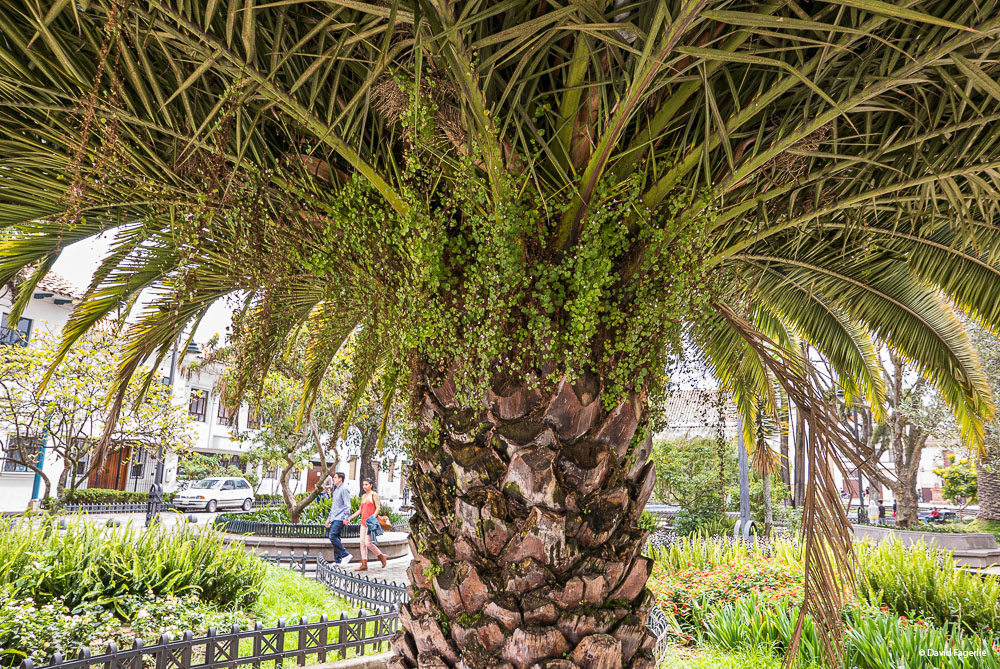
Finally, for this chapter, there is Iglesia Católica Santo Domingo. Constructed in 1557, the church was renovated in 1926. The neoclassical towers top out at thirty-seven meters. Included is Ecuador’s largest bell, 2.4 meters high and 2.6 meters wide. It is heavy – six tons heavy.
The exterior of the church and its position in Cuenca mesmerized me from the beginning and the street that went by it, seen in photos, was an efficient way for me to walk towards the mountains to get home. The square in front is a popular place for pigeons and children that try to catch them, without success.
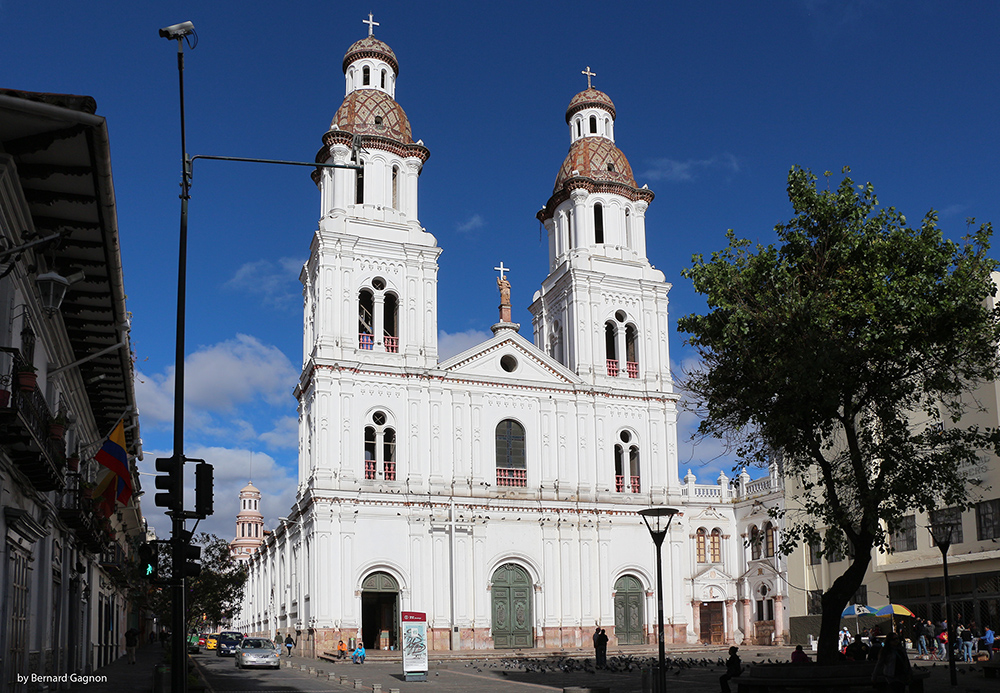
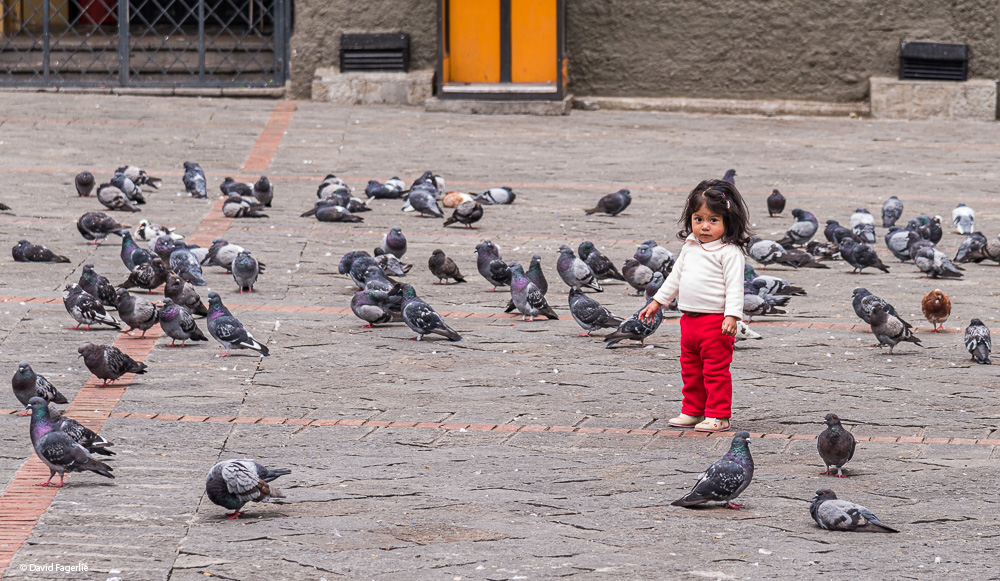
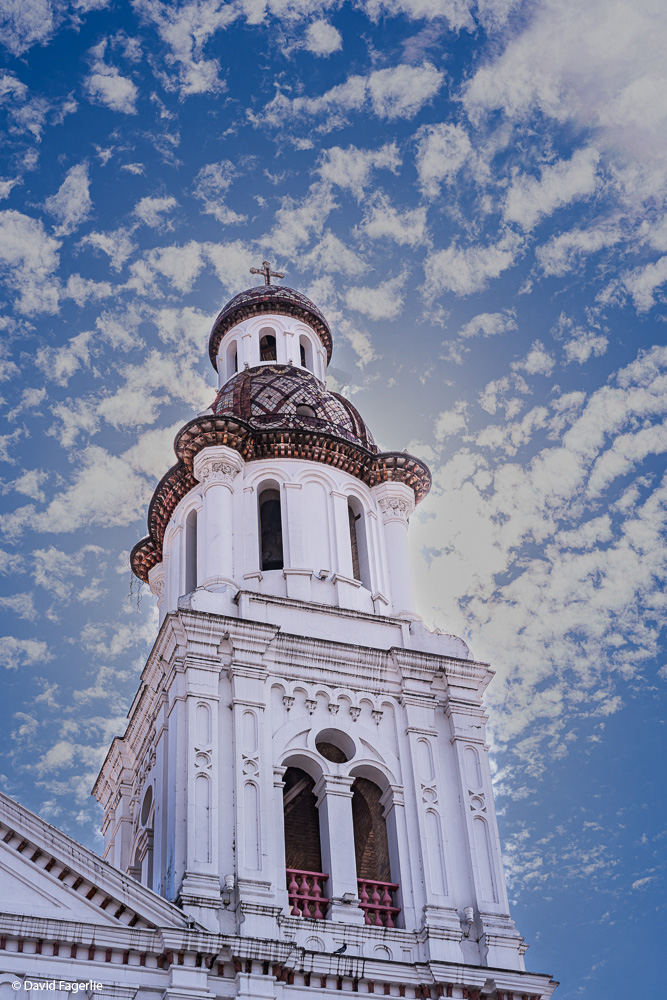
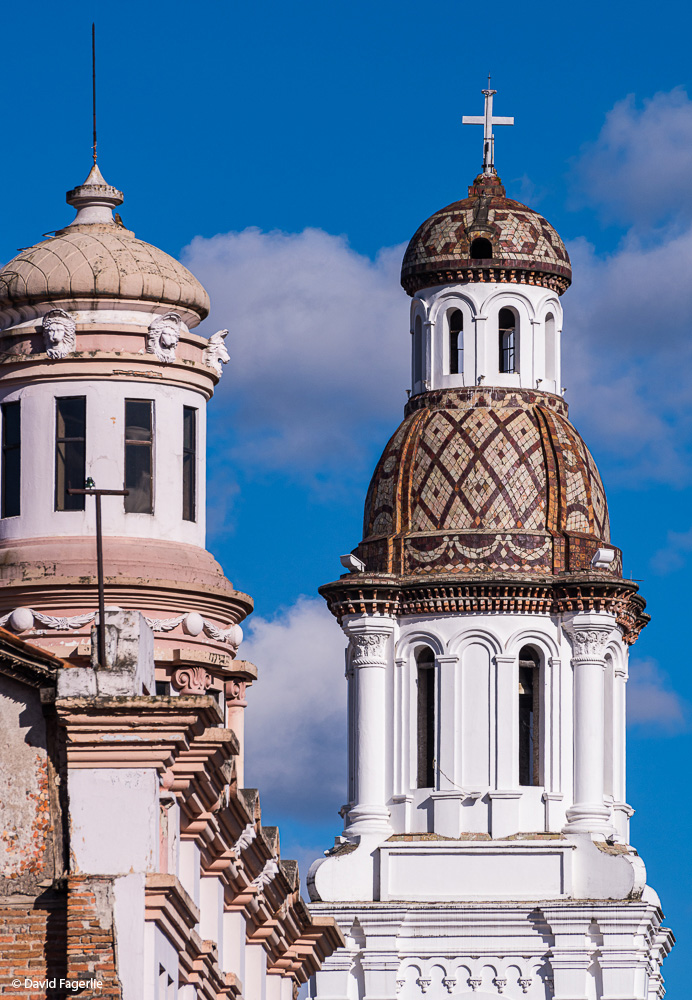
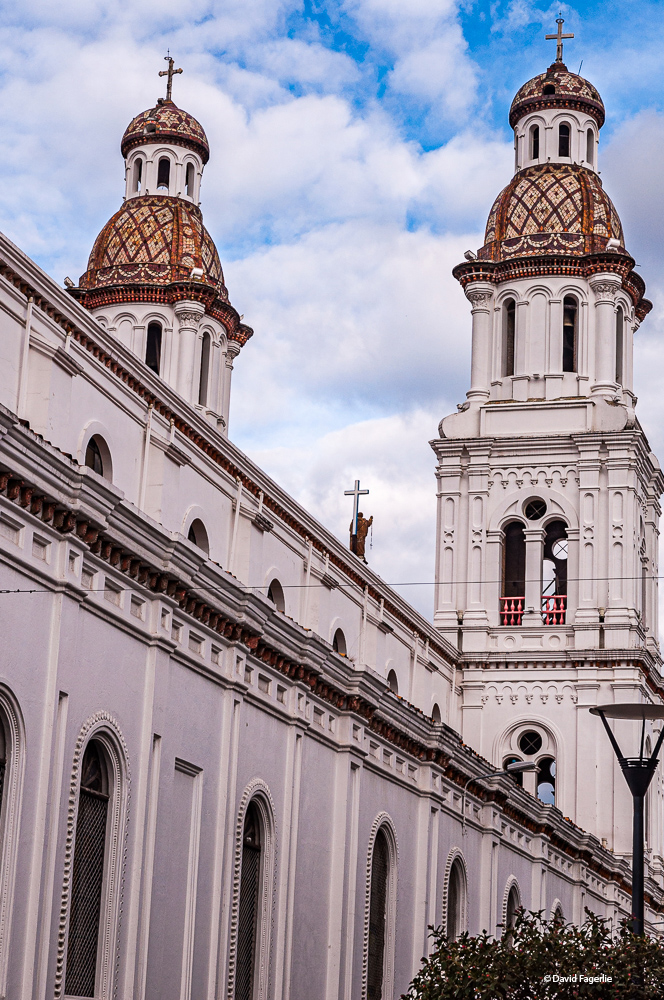
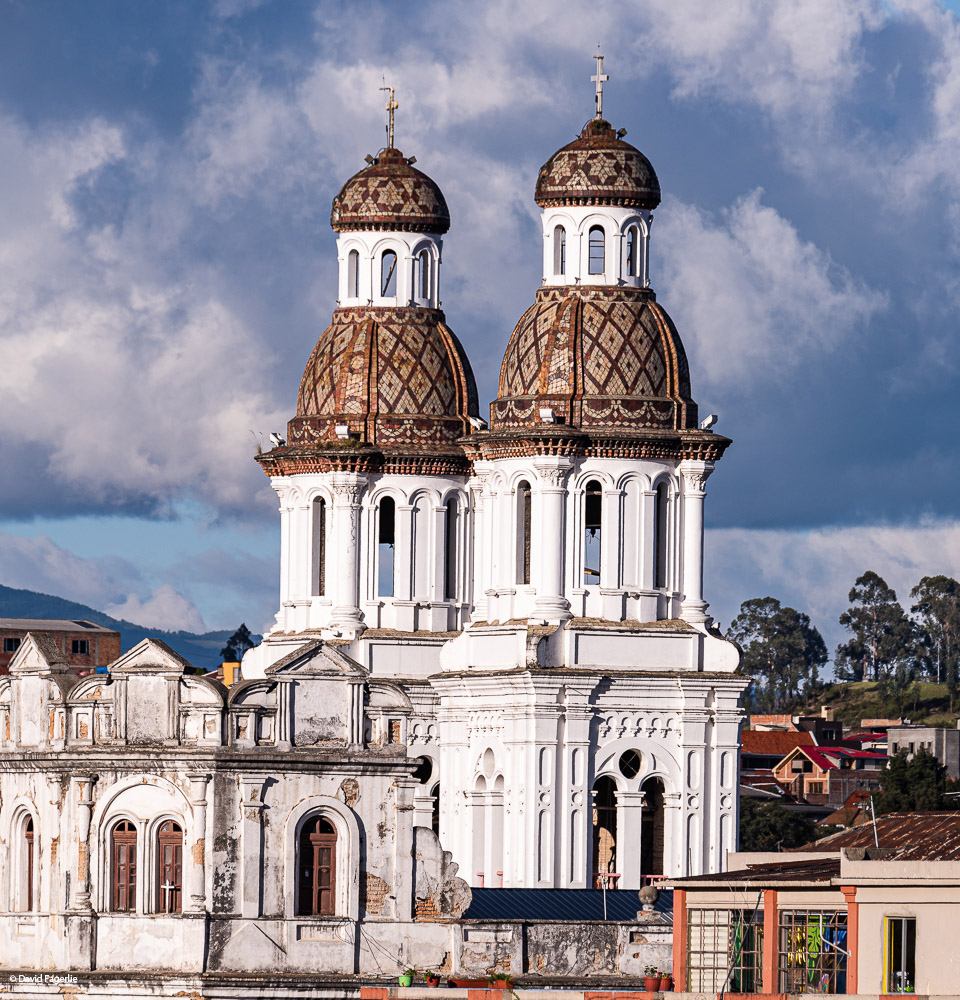
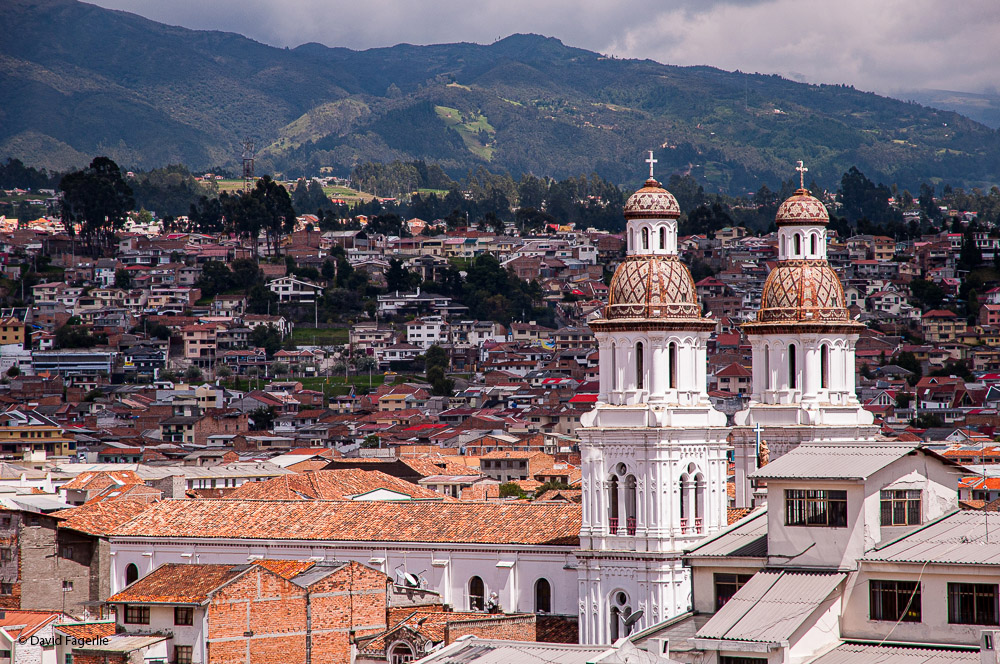
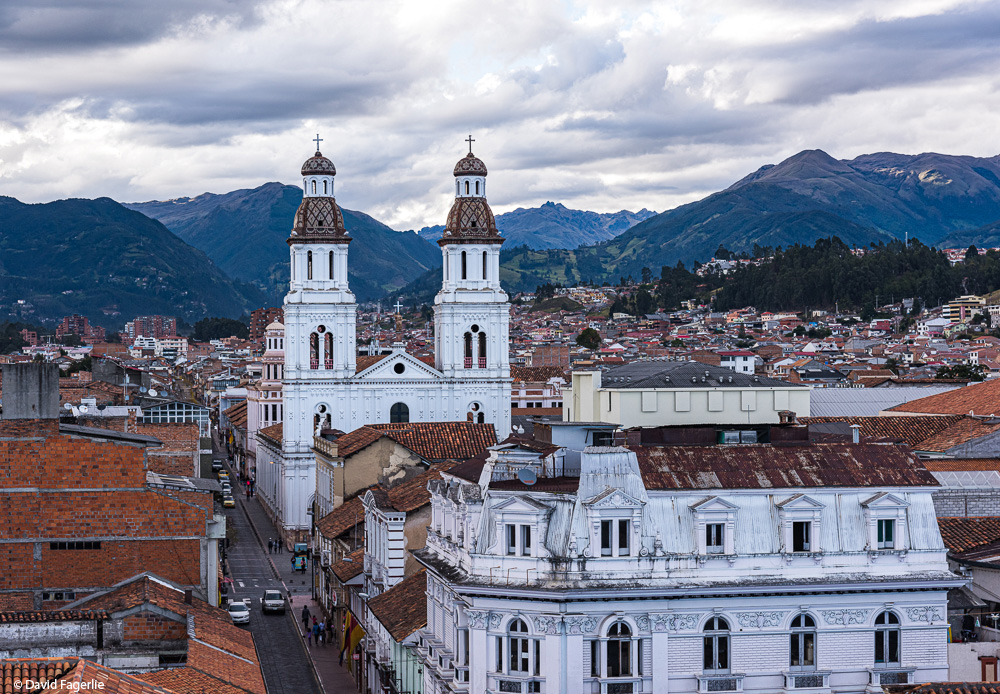
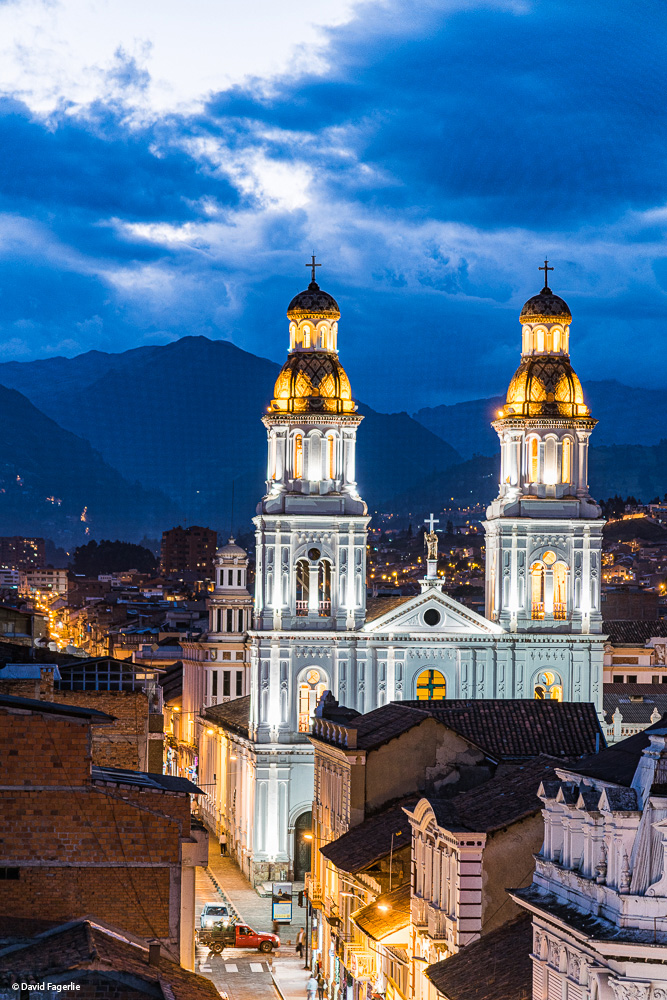
Higher resolution images of this chapter may be seen by clicking HERE. The gallery will take as much as 30 seconds to load because there are so many photos. I think you will agree it was worth the wait.
Next week we see a very different kind of "reverence" at a museum like no other. Stay safe out there.
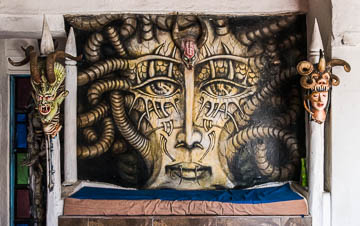

August 23, 2021
Chapter 11: Prohibido